Concept: Sound of the waves- a mobile docking with speakers – pumping sound waves into the surrounding air and towards your ears. This model is the literal representation of ocean ‘waves’ . Elements of nature .
“Sound of the waves”
Below are some of the initial sketches/ideations for this project. All of the ideations includes a mobile docking, speakers and also for charging. Out of all those, I picked one which I would like to explore more. The chosen design focuses more on its aesthetic qualities as compared to other elements/factors.
During the first stages of building foam models, I tried to model a pyramid in both blue foam as well as the white foam. I find that working with blue foam gives a much neater and cleaner edges as compared to white foam.
Then, I proceed in making the model for the mobile docking project. (in the scale 2/3 of original size) Below are some of the process images that I had compiled. First of all, I noted down the measurements needed, such as the size and thickness of mobile phone, wires, the backing for interlocking the stand etc. After which, I had drawn it out on the foam and then cut it accordingly.
Orthographic views of the chosen design (shown on the image above)
I tried using the heat cutter to cut out the organic form of my design. However, I find that it is taking too long and it would be faster to complete it using hand tools. As for the edges and the layerings of the foams, cutting it using the machine will have higher accuracy and produces nice clean edges.
(above is the final outcome of my model)
Reflection: Looking at the final outcome of my model, I feel that the workmanship can be better by using other materials- such as the compressed foam without the plastic surface- which were mostly used for the interior/architectural models. Besides that, laser cutting might give a higher accuracy design especially for the organic shapes.

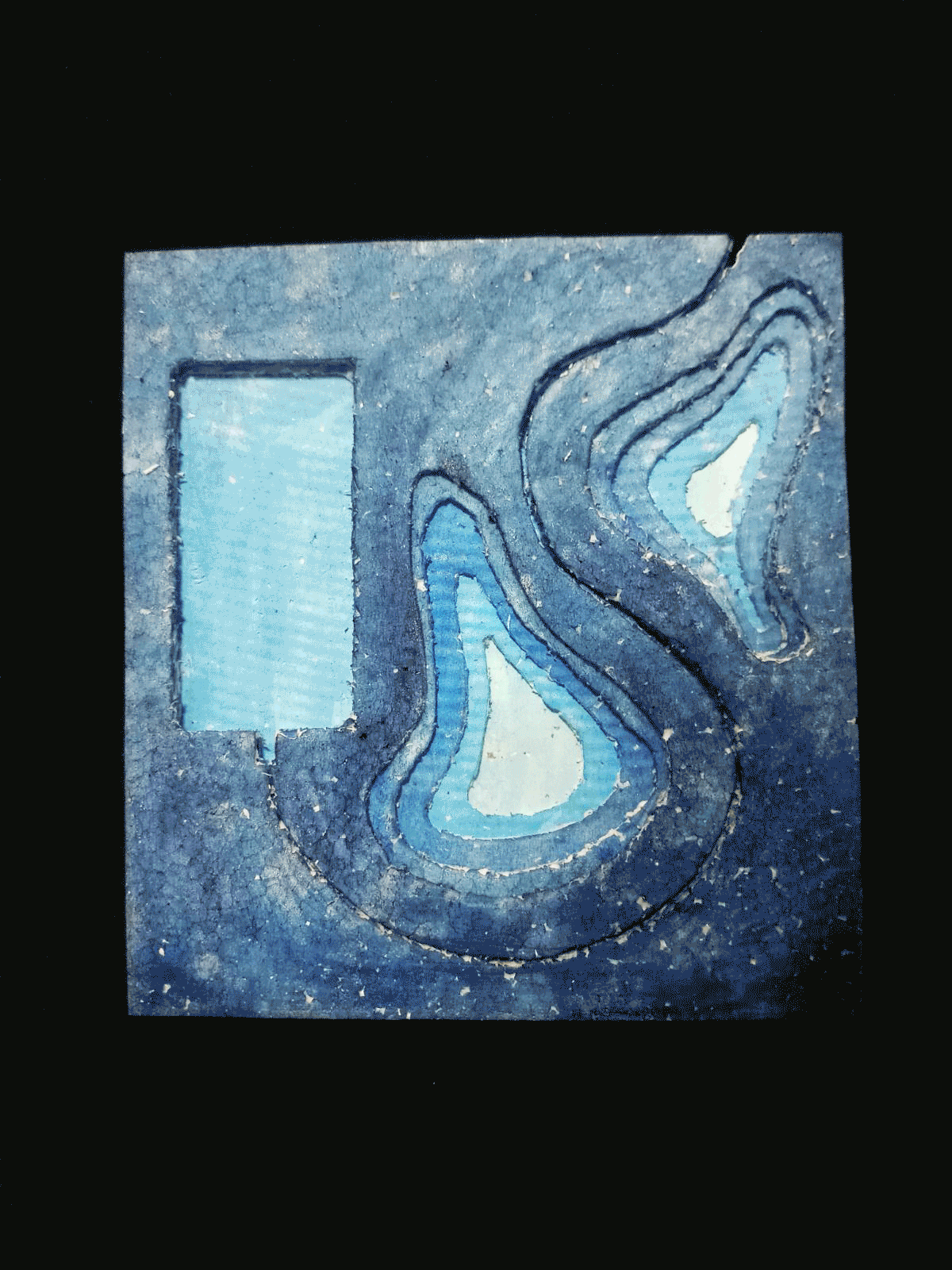




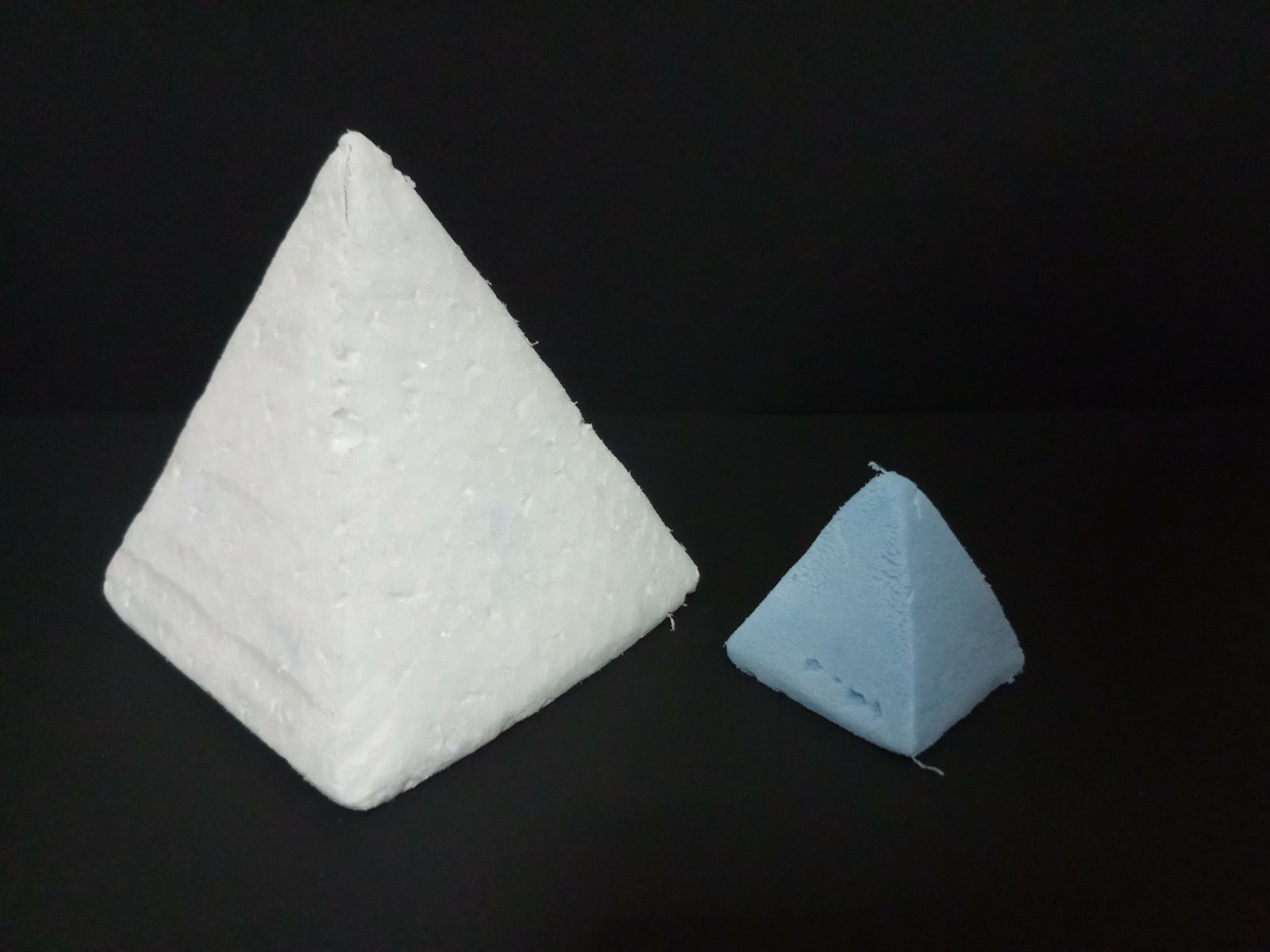

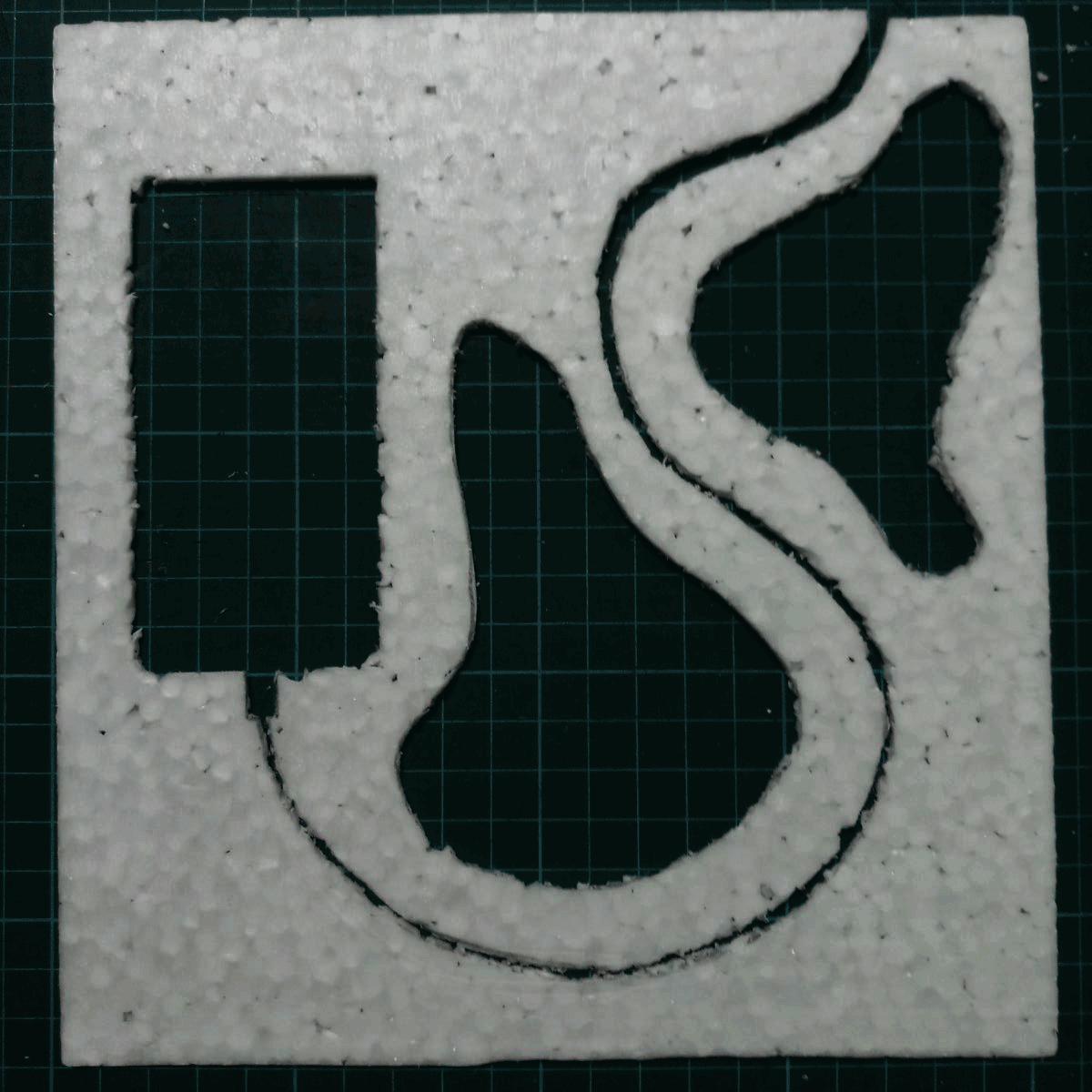
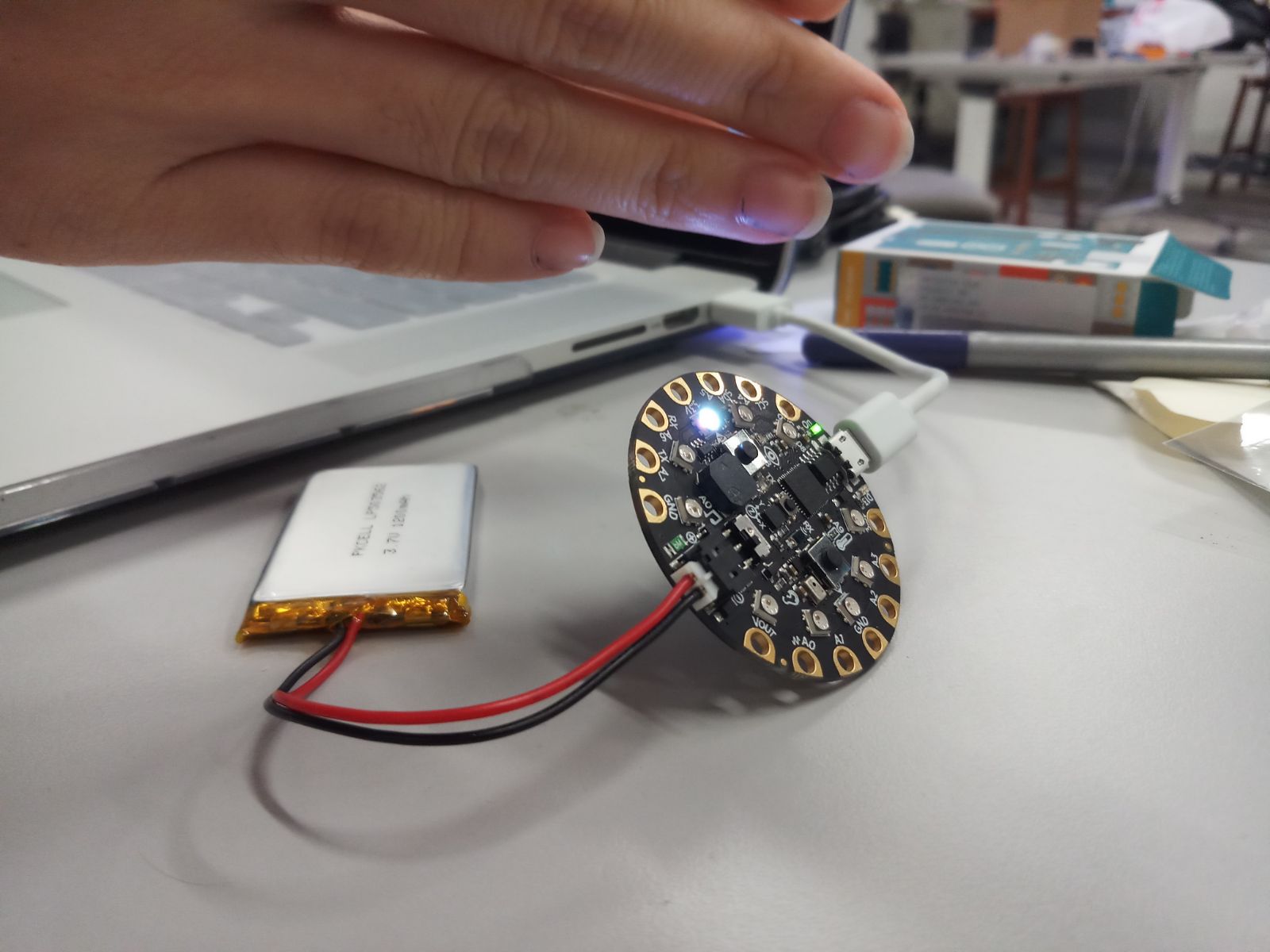



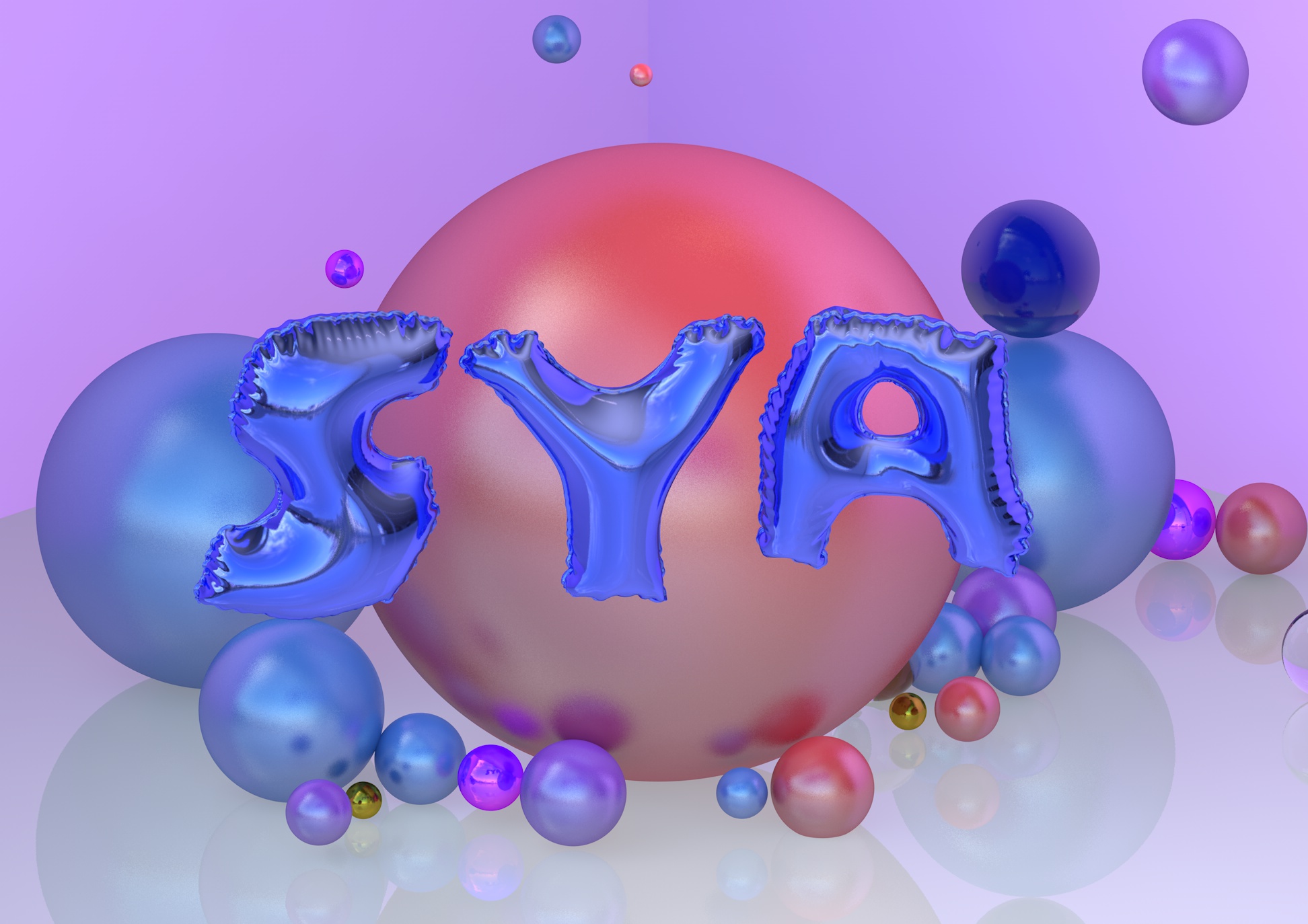

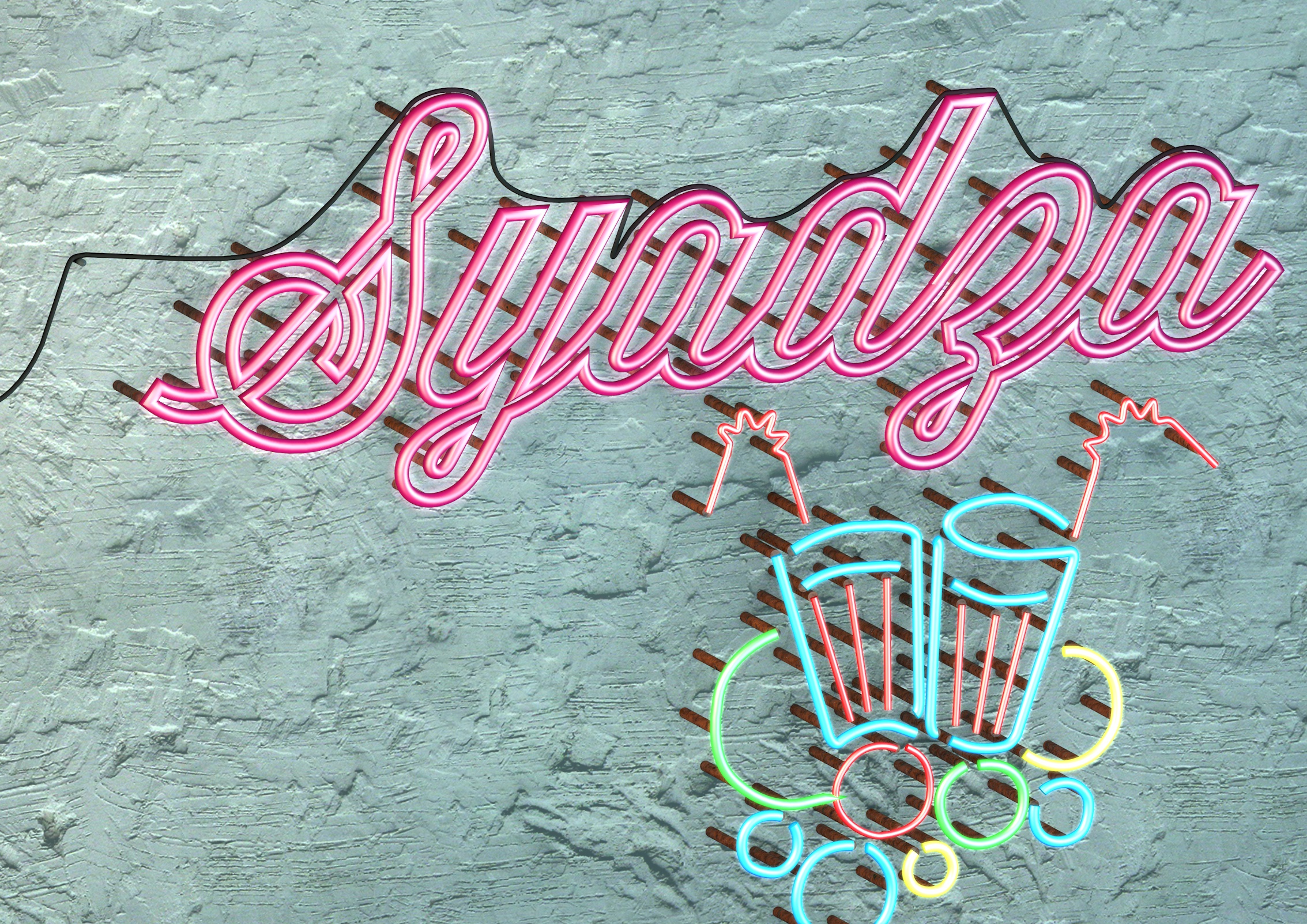
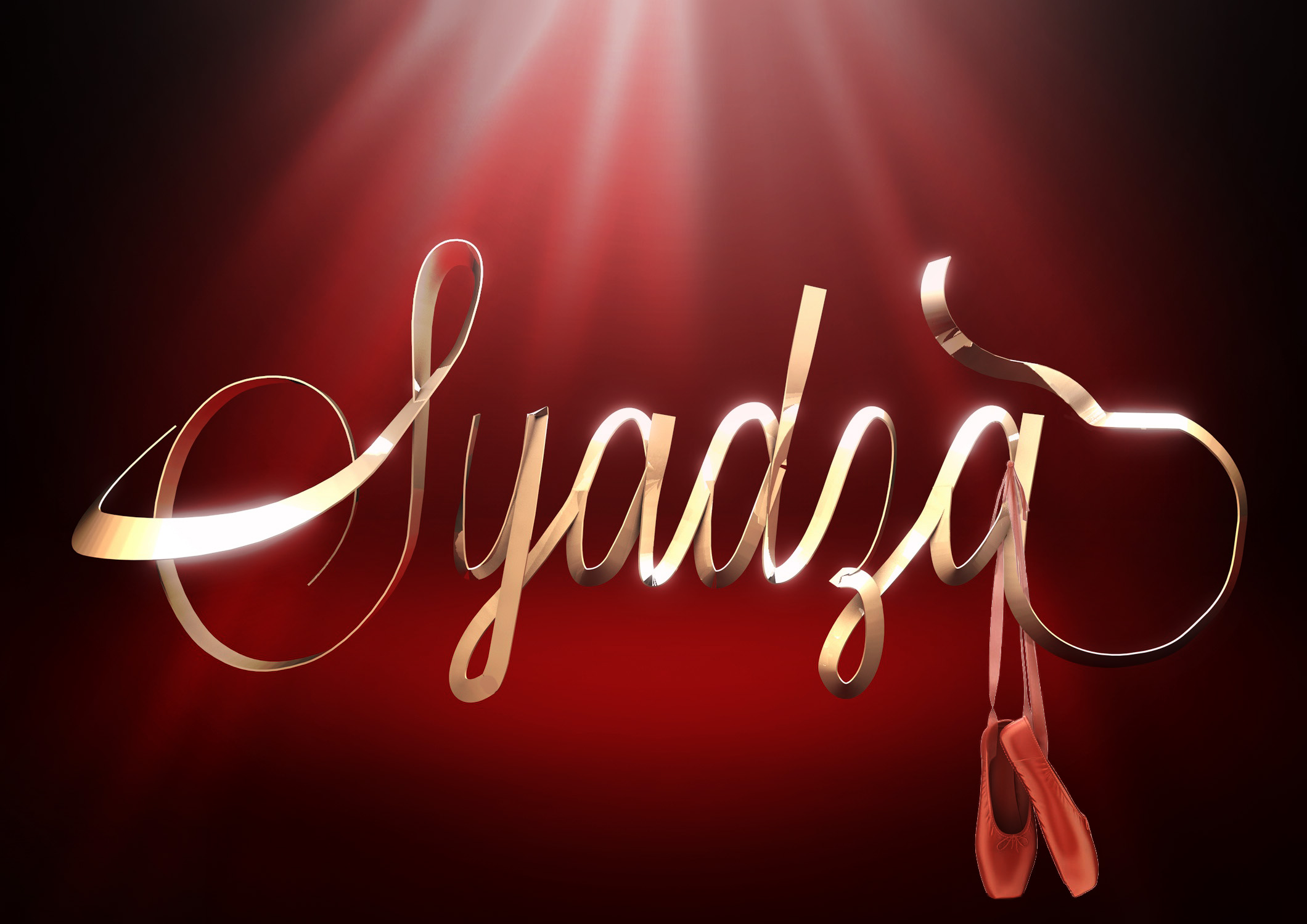

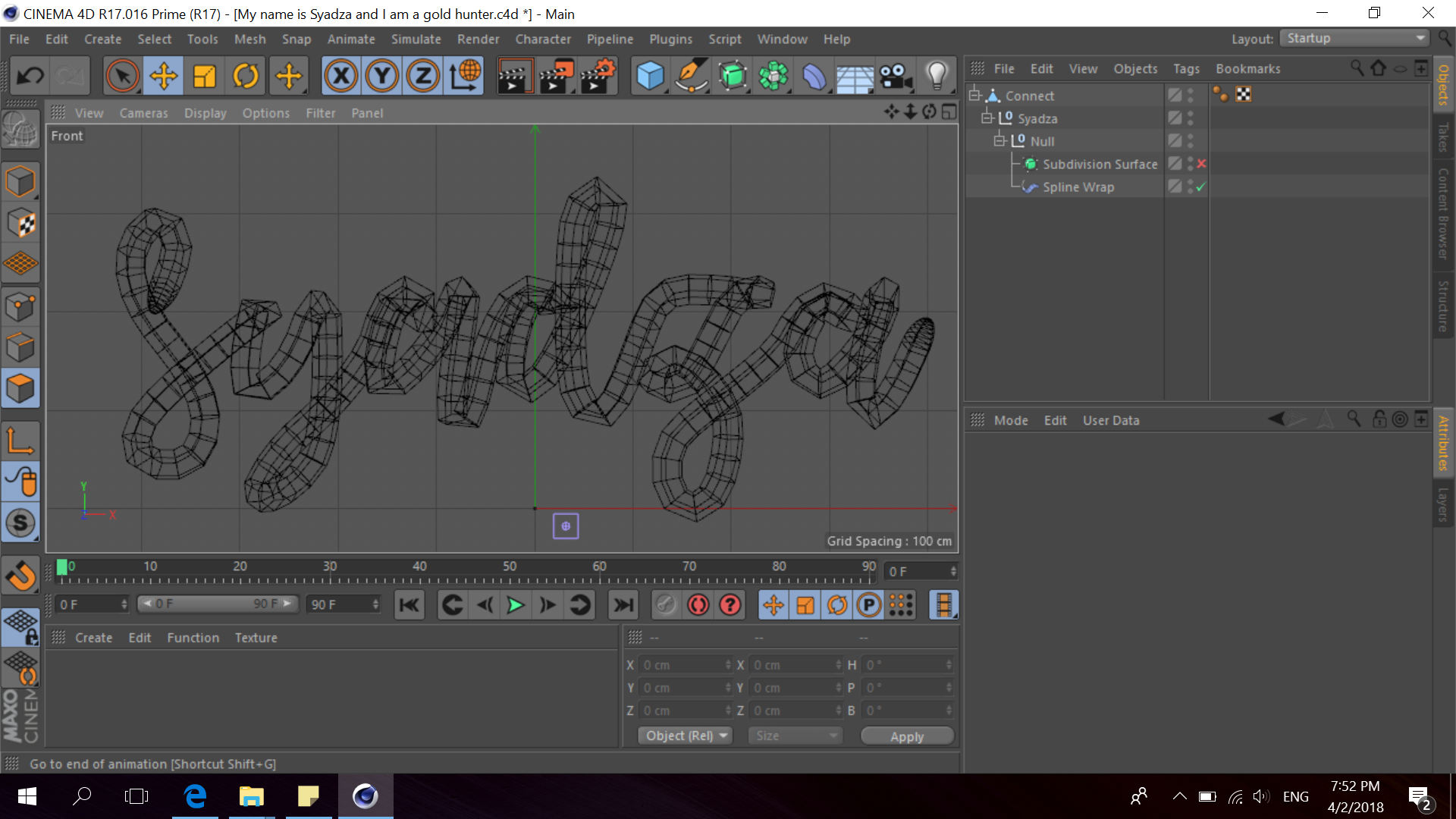
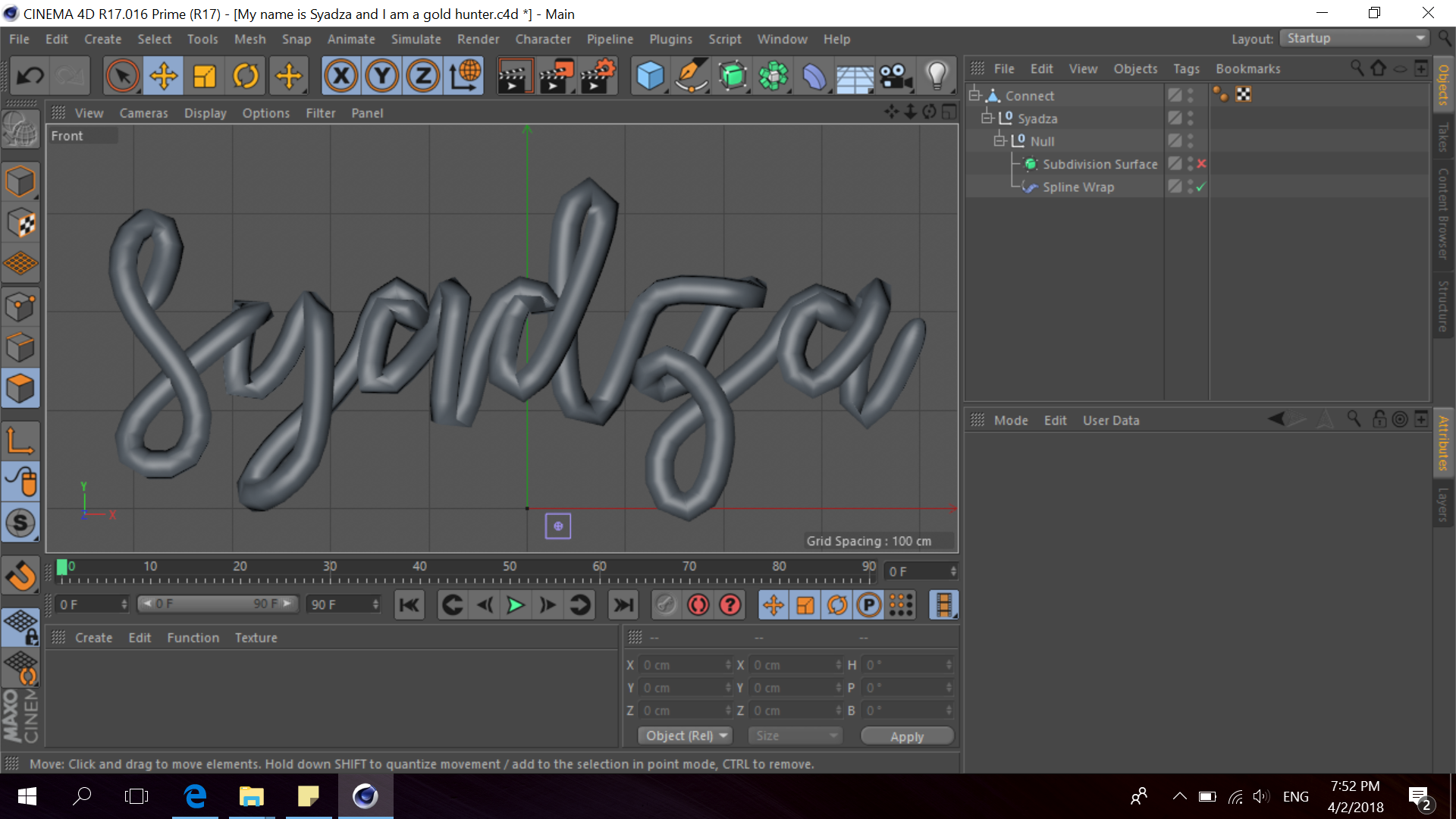

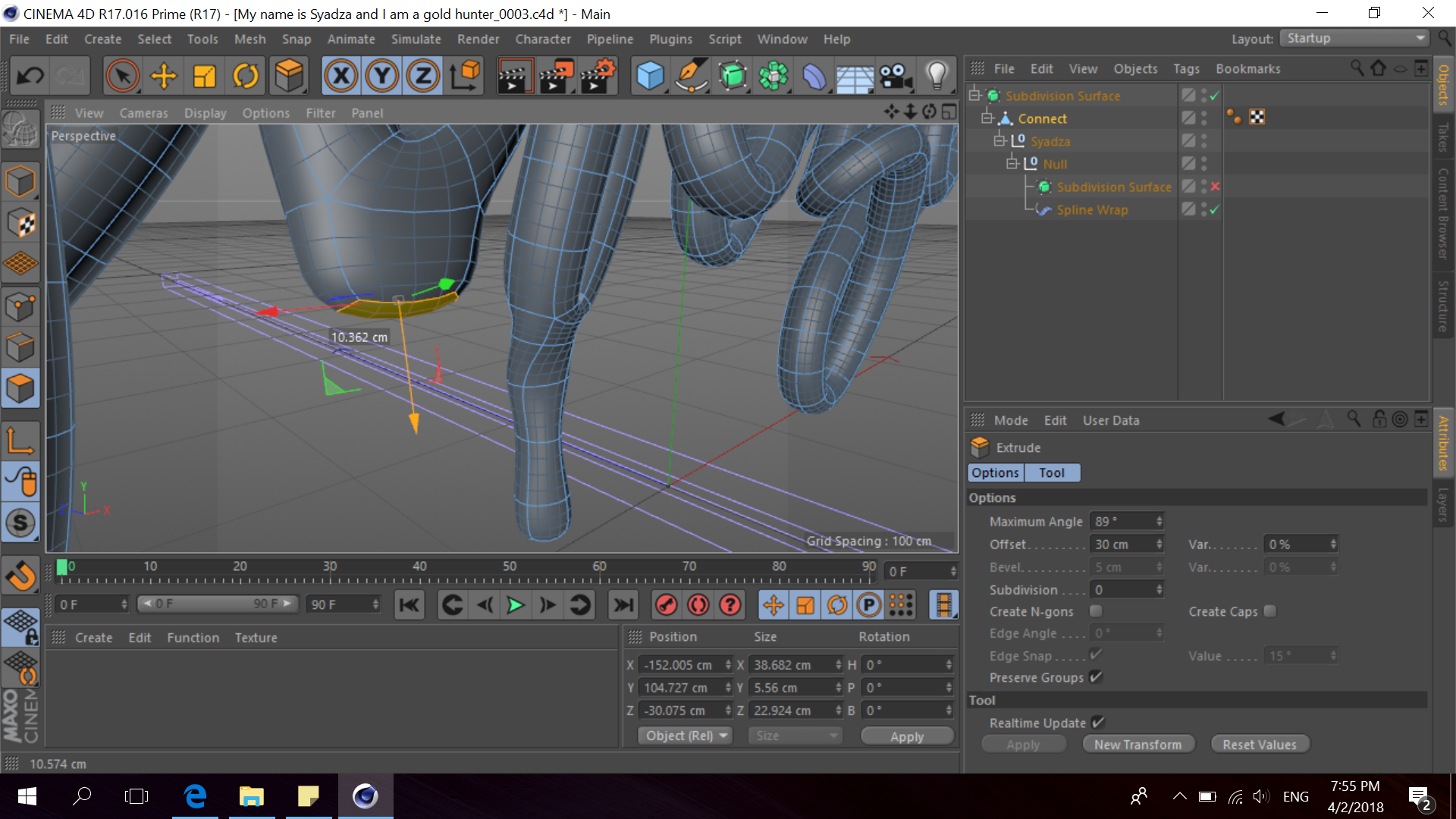


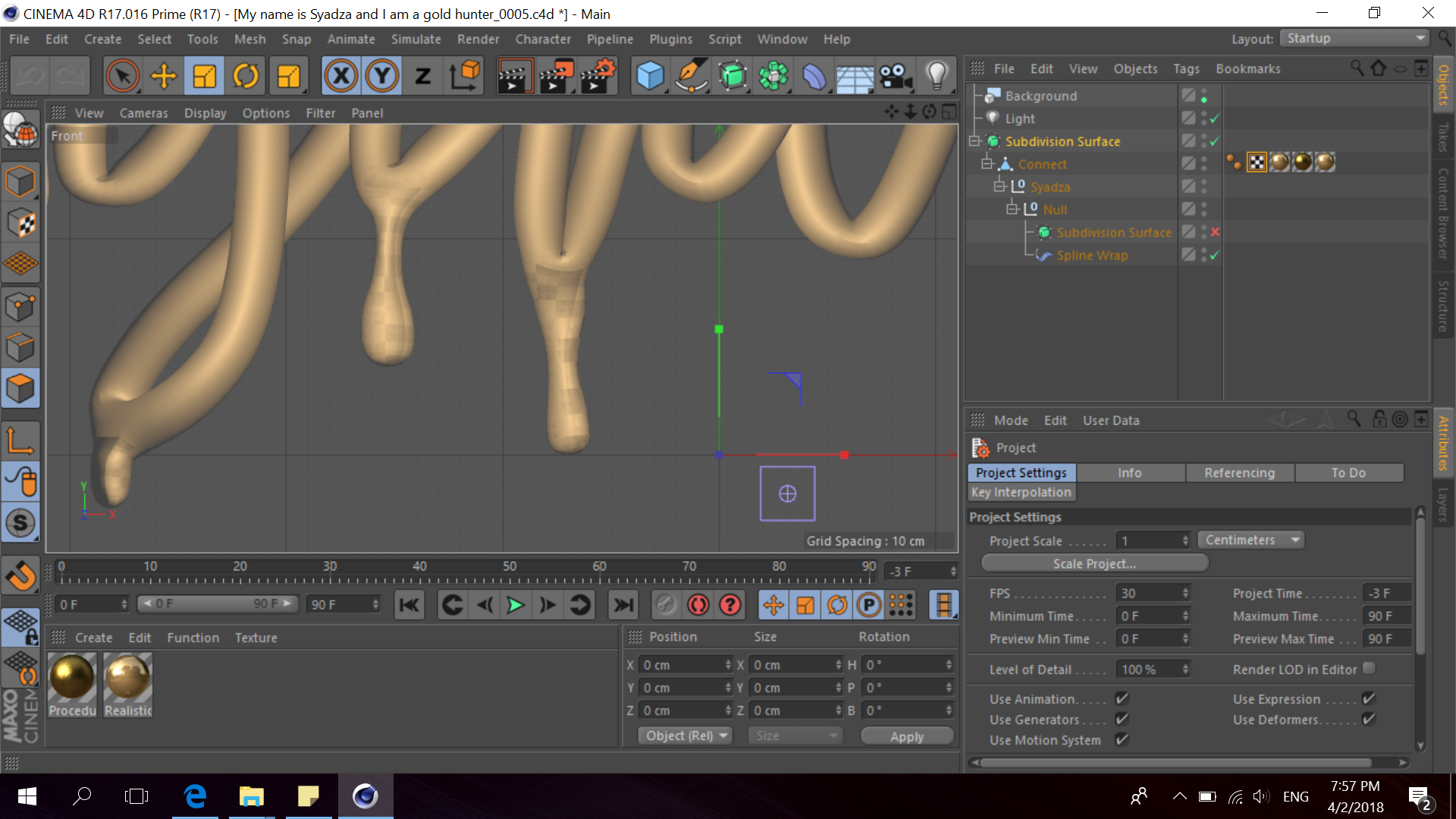
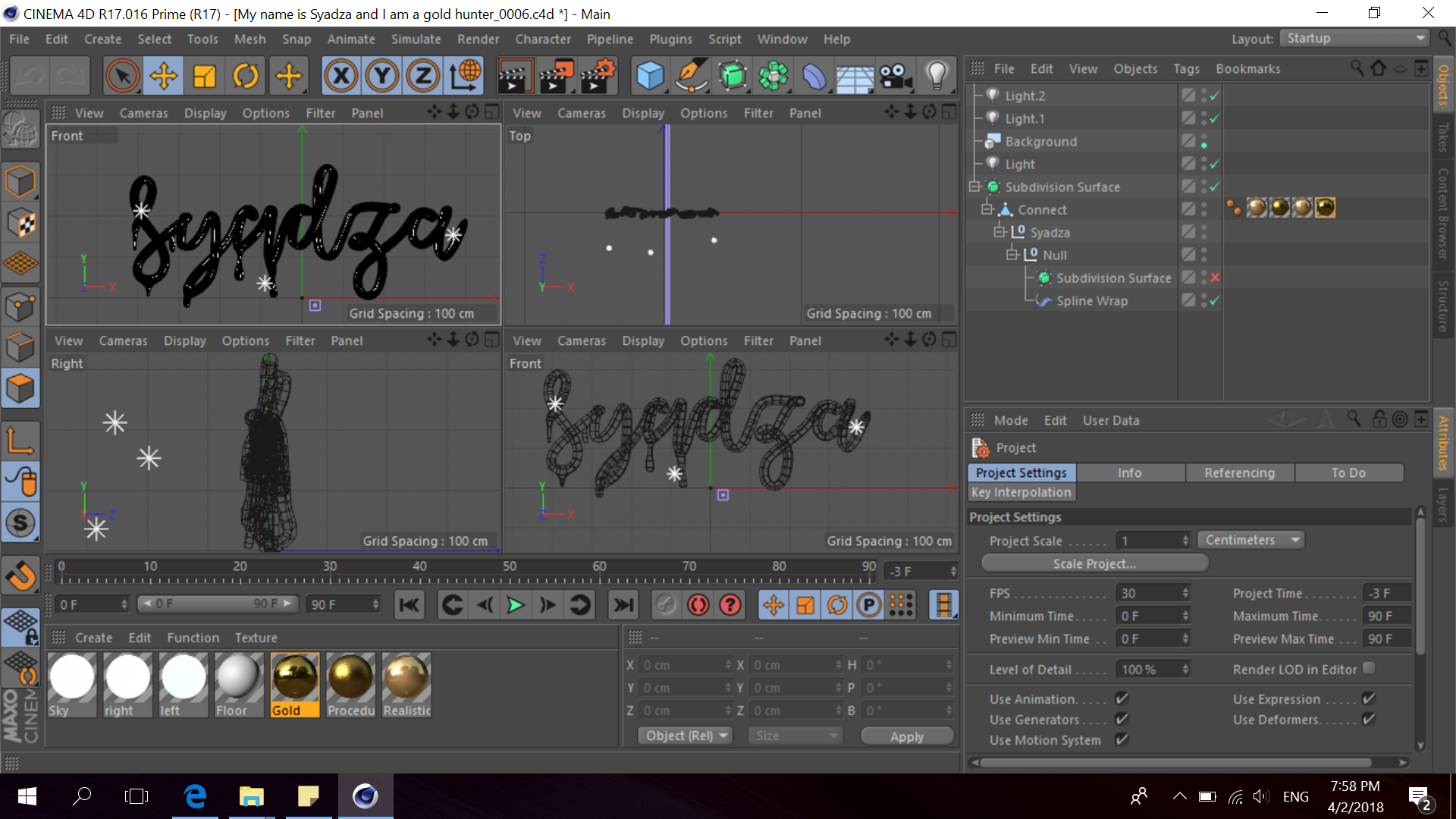
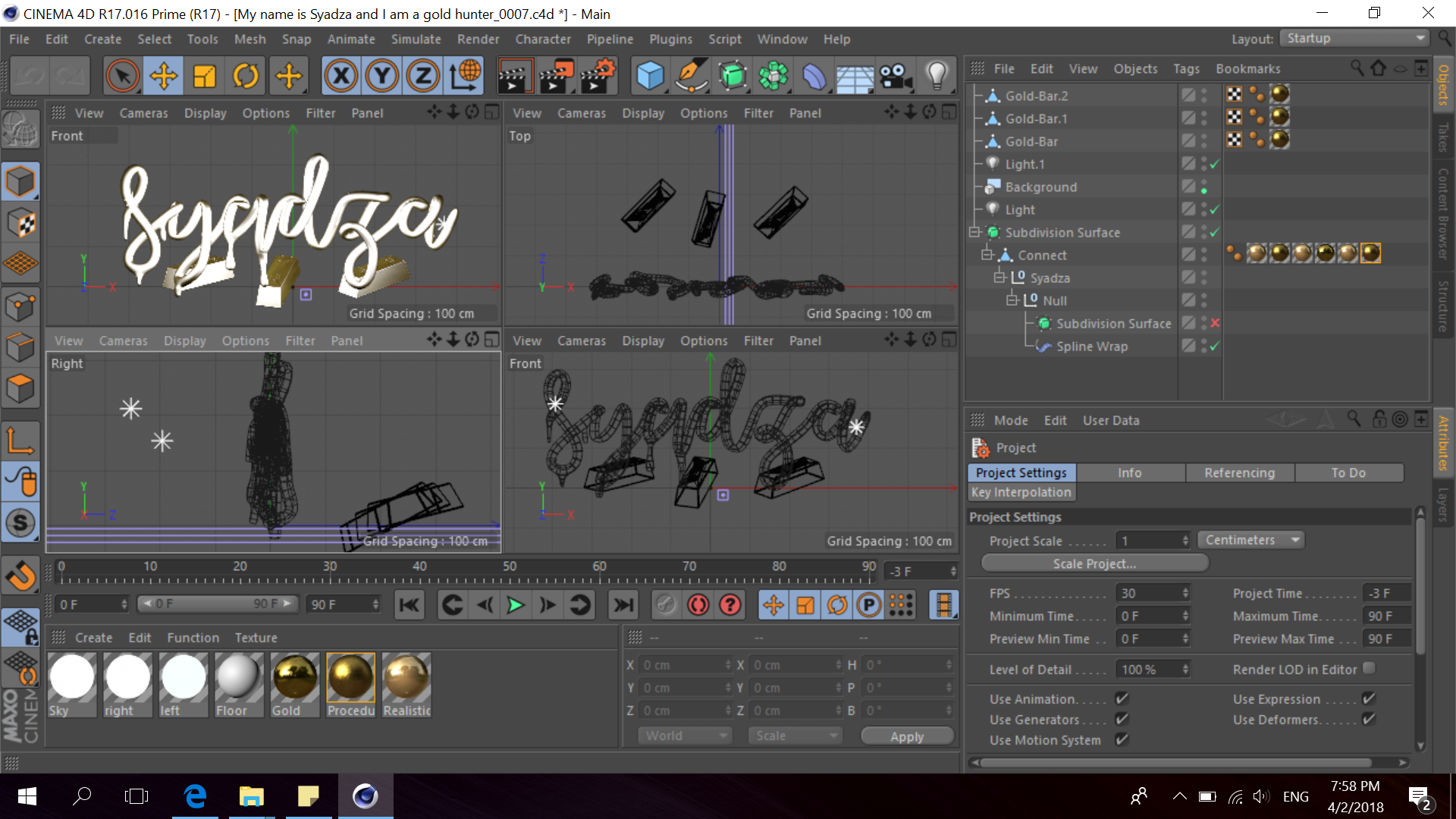
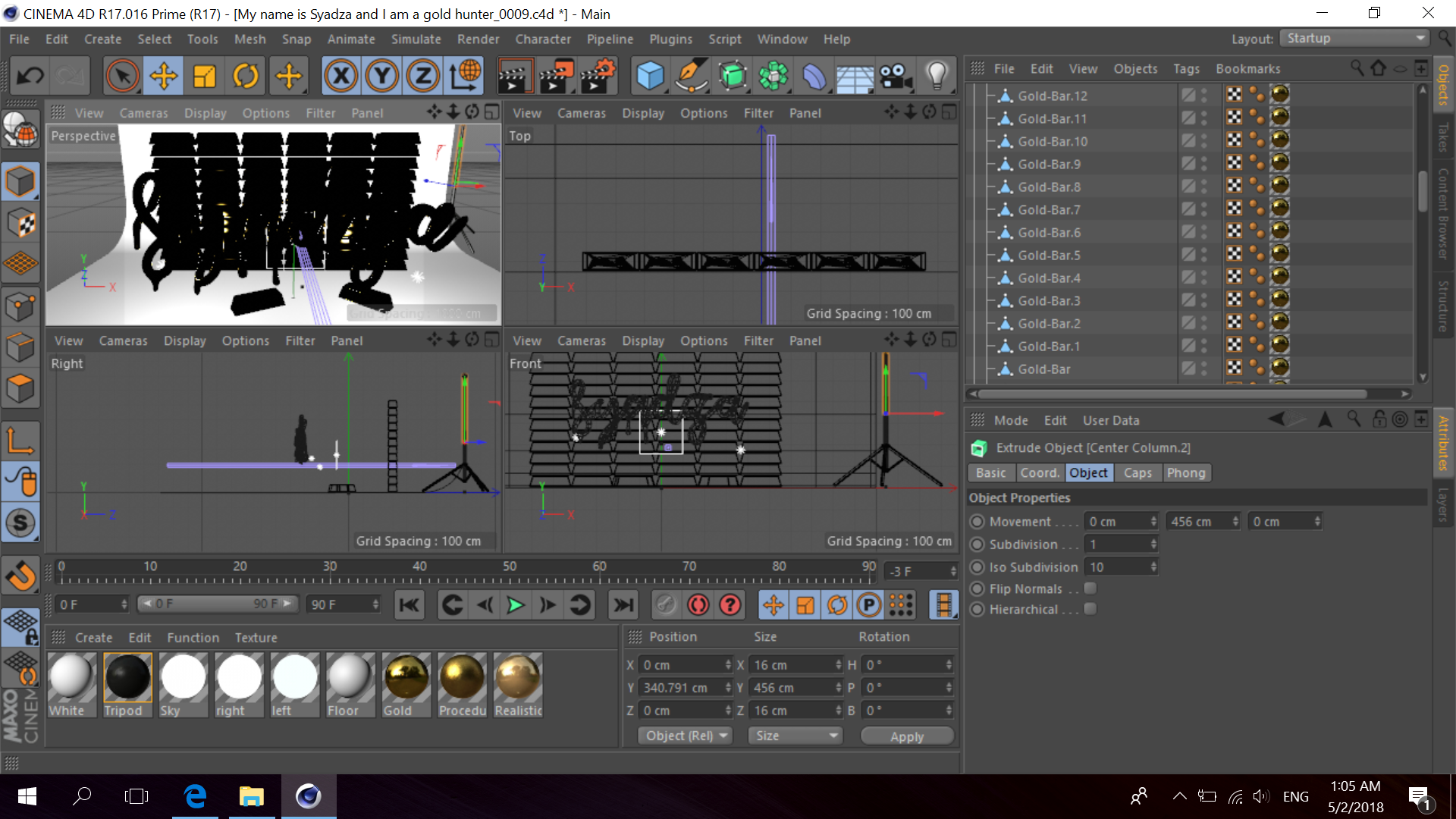
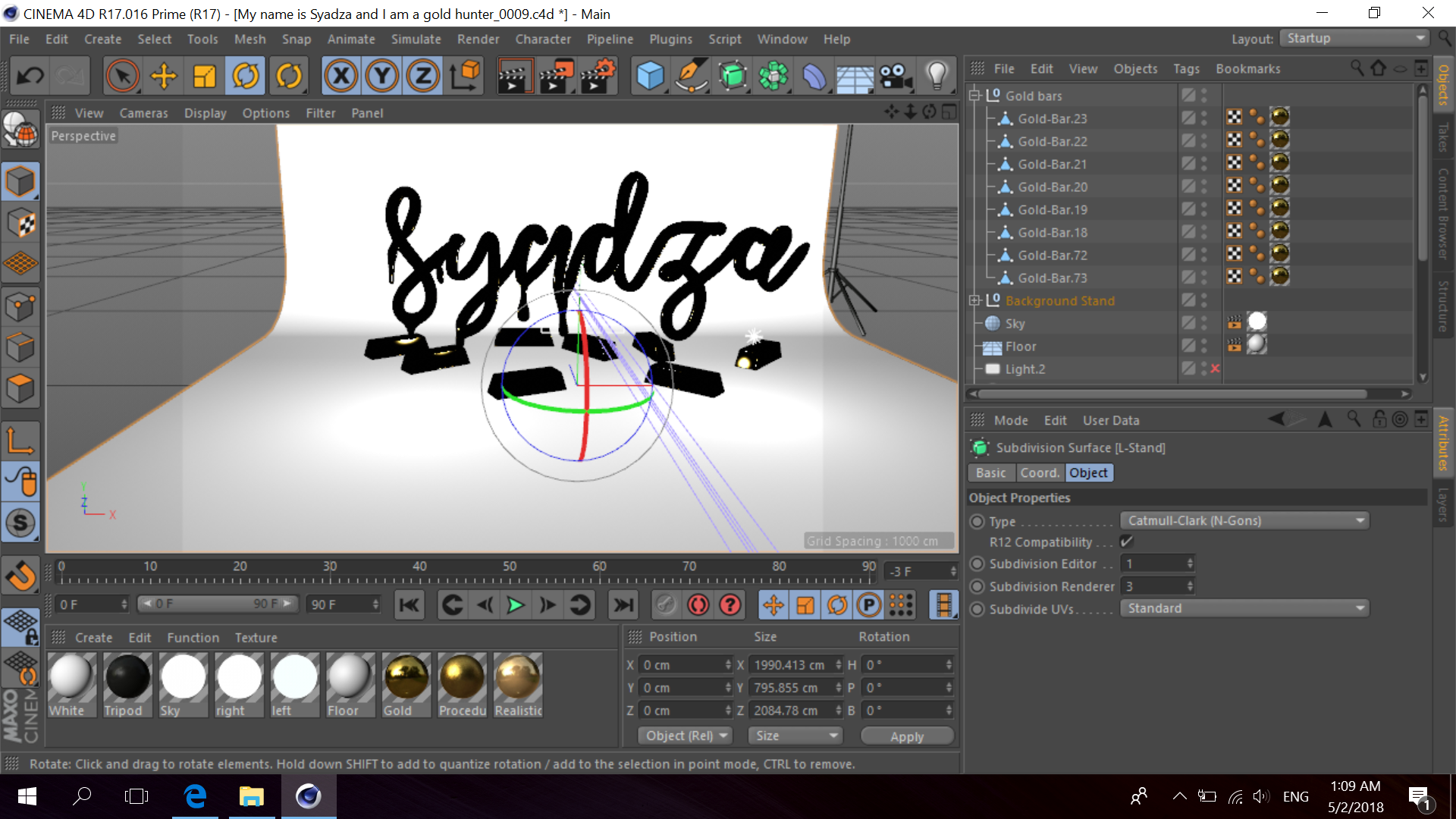

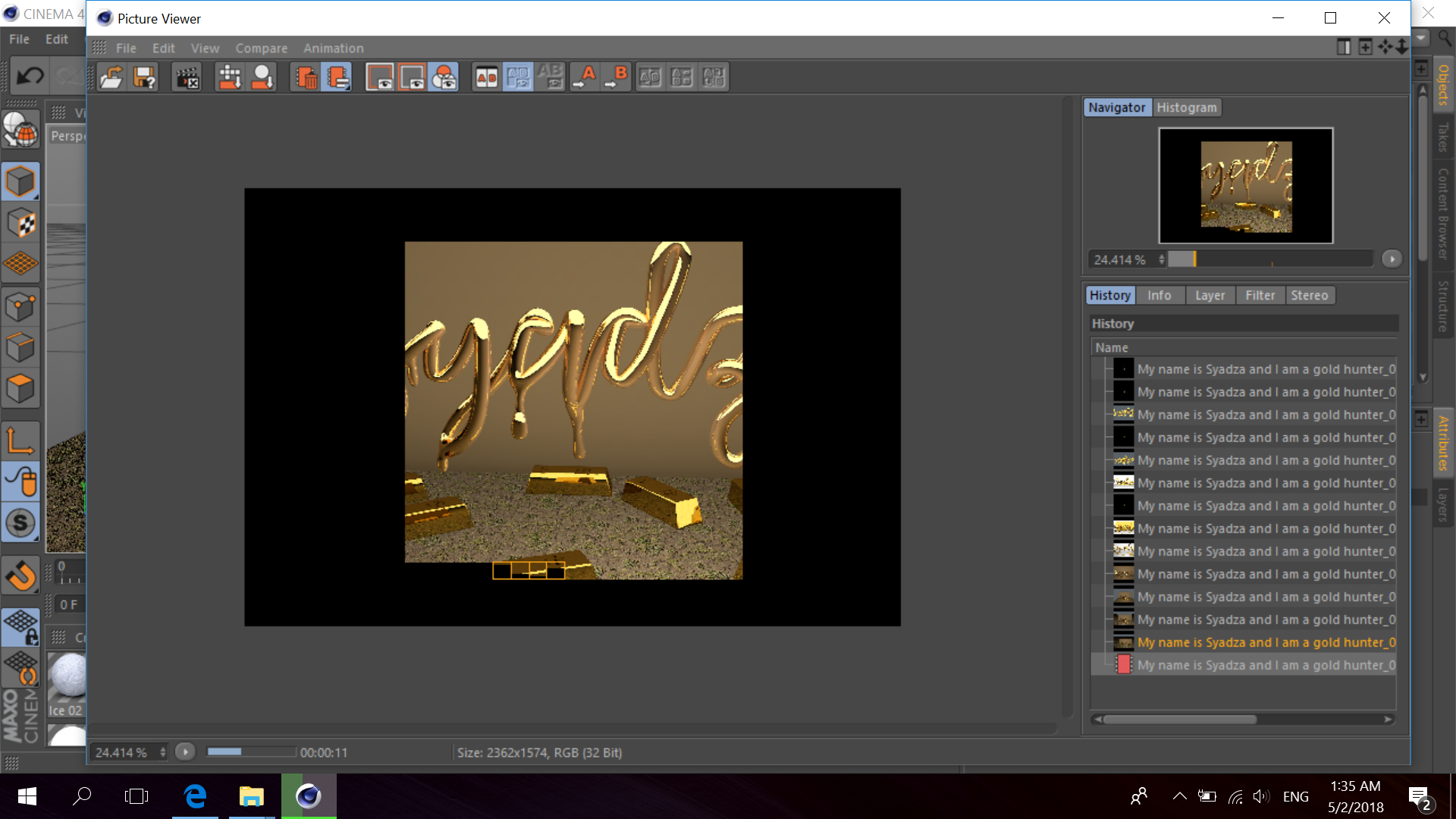
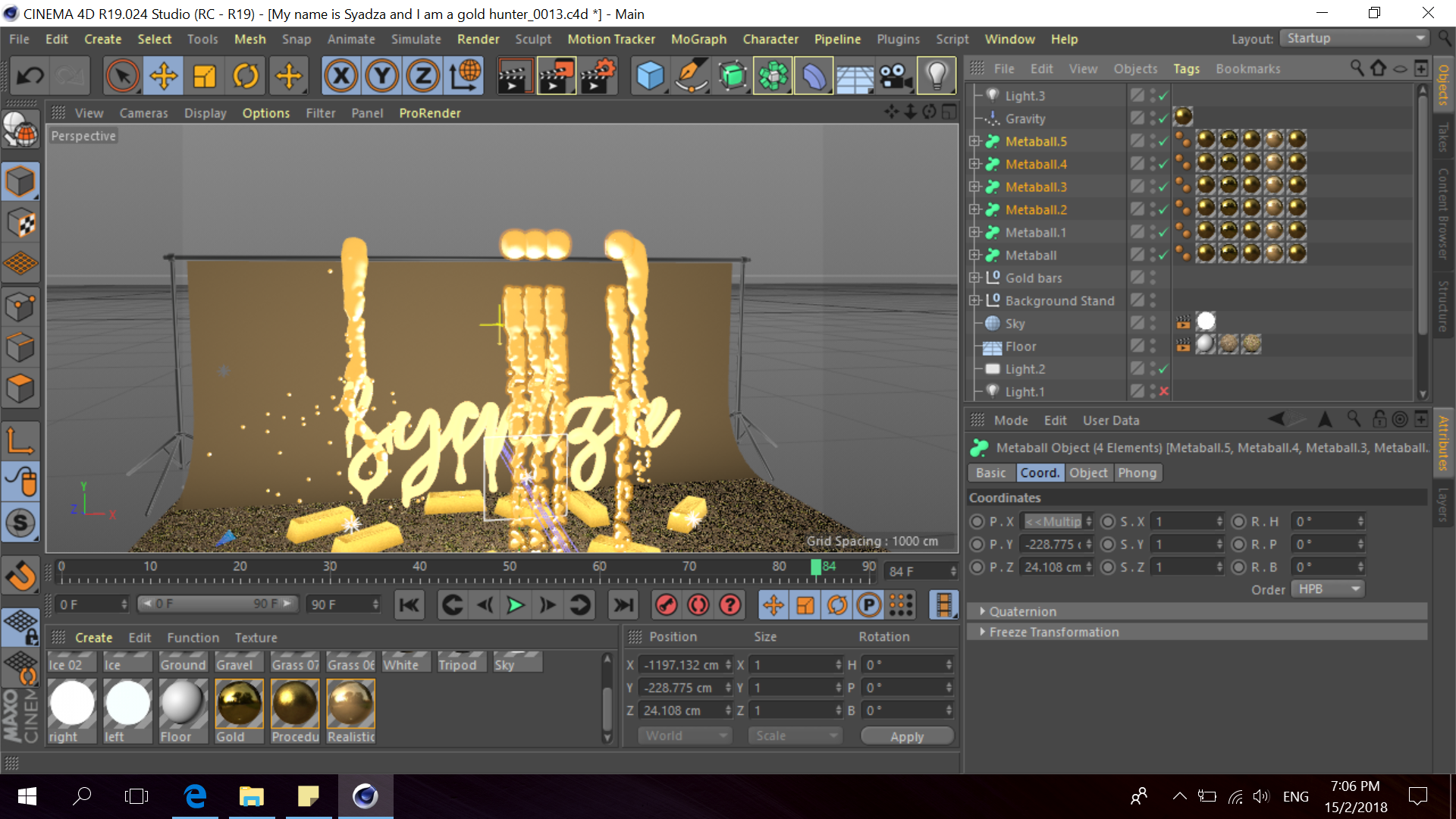
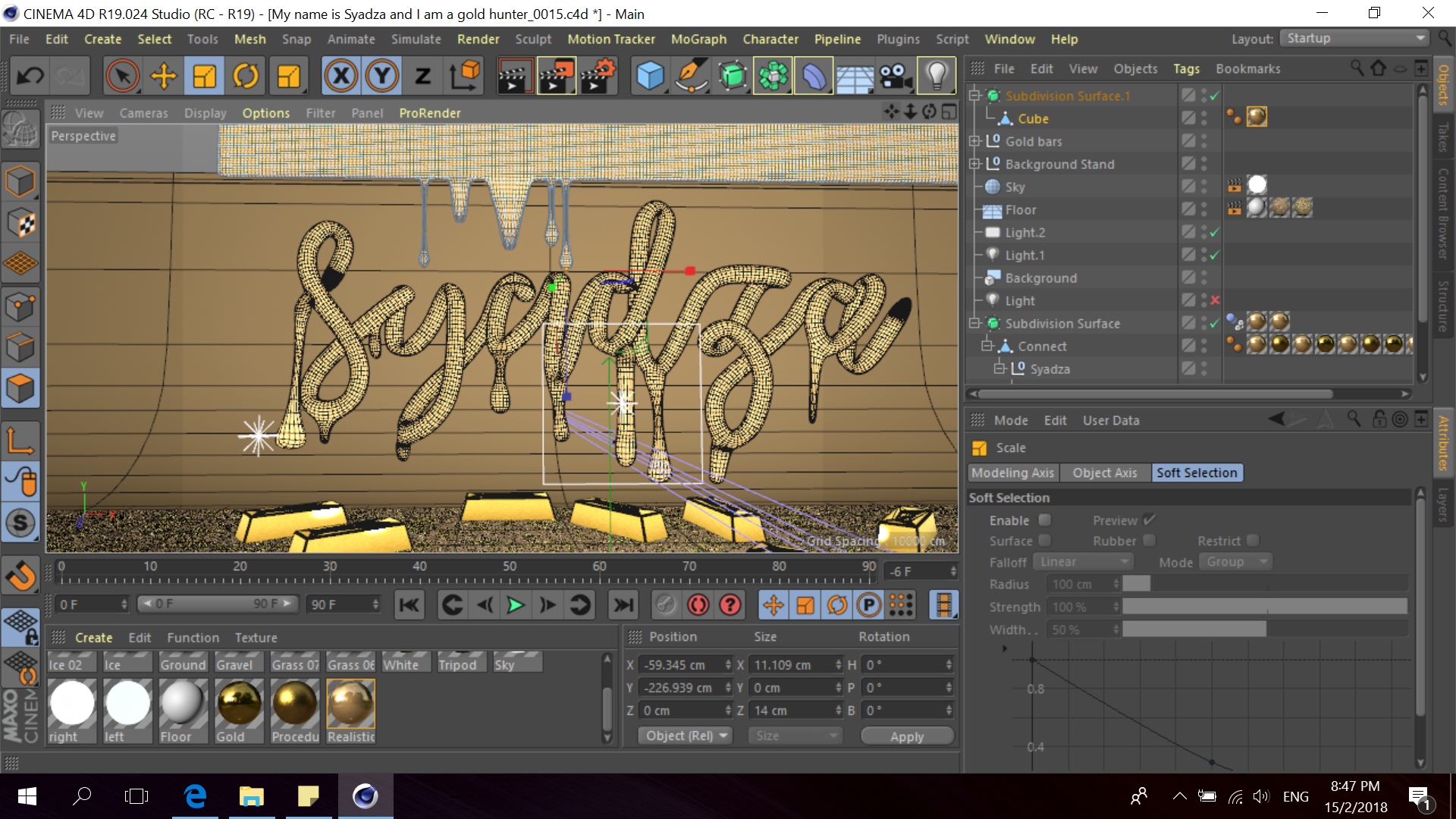
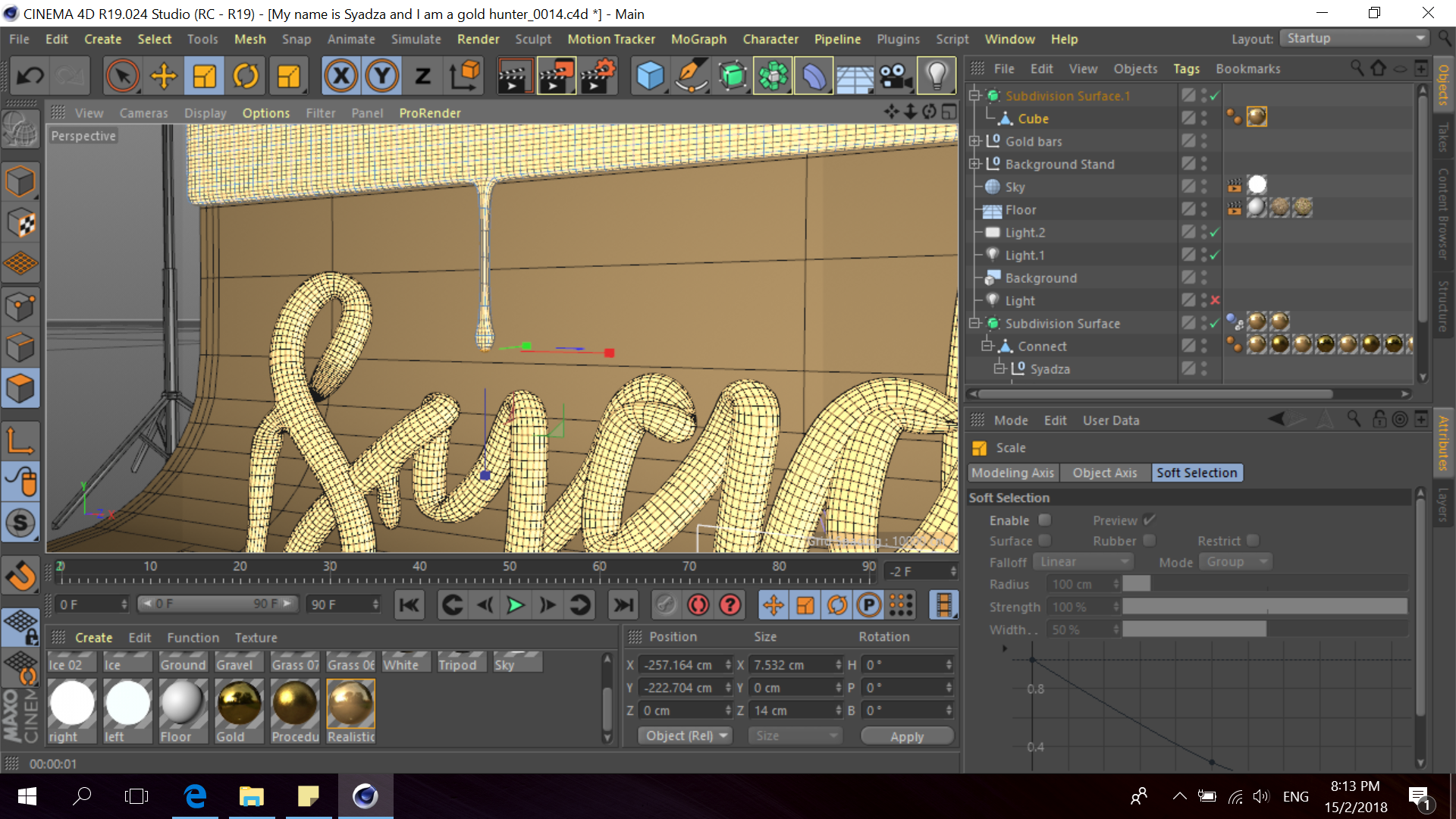
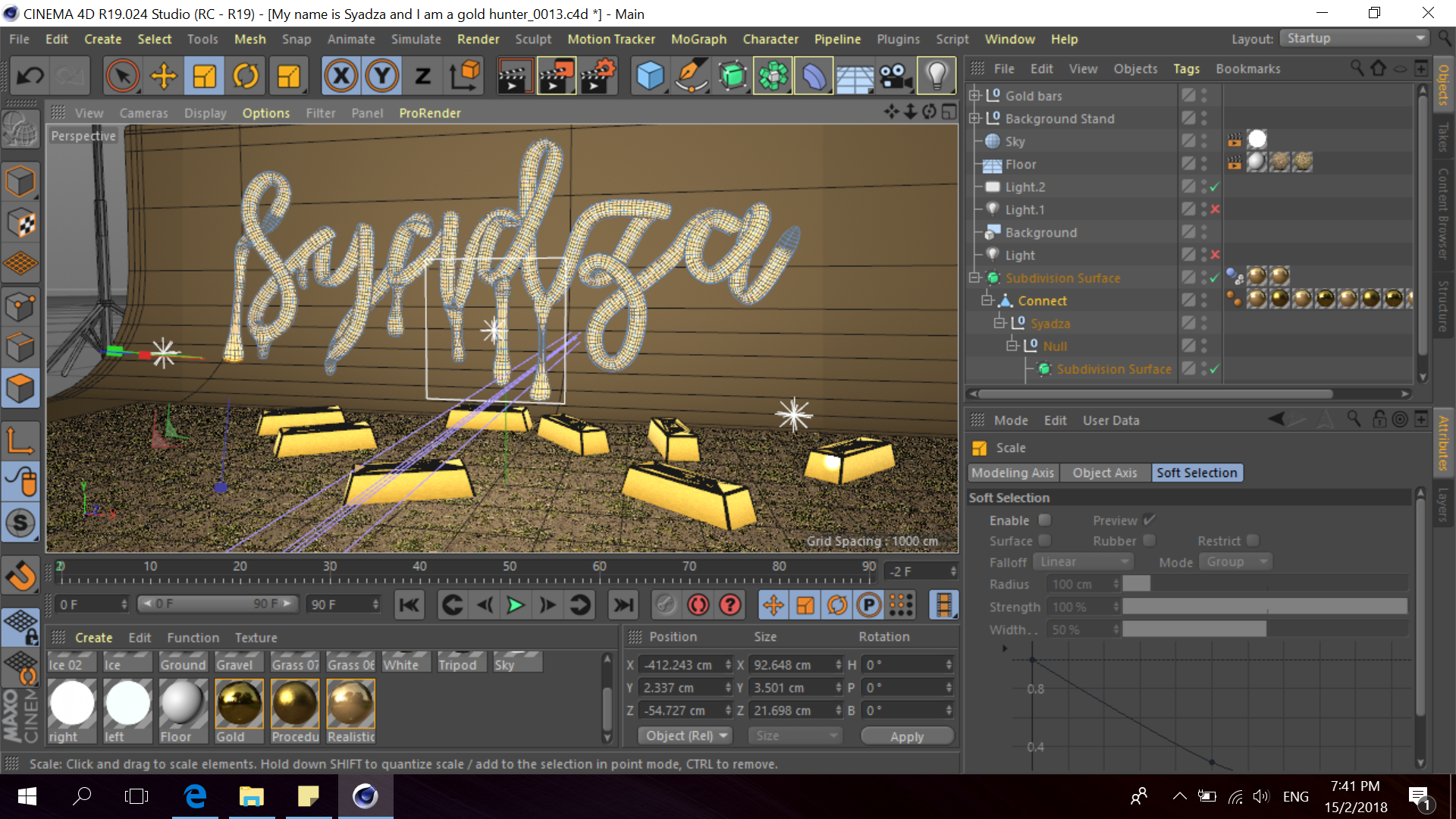
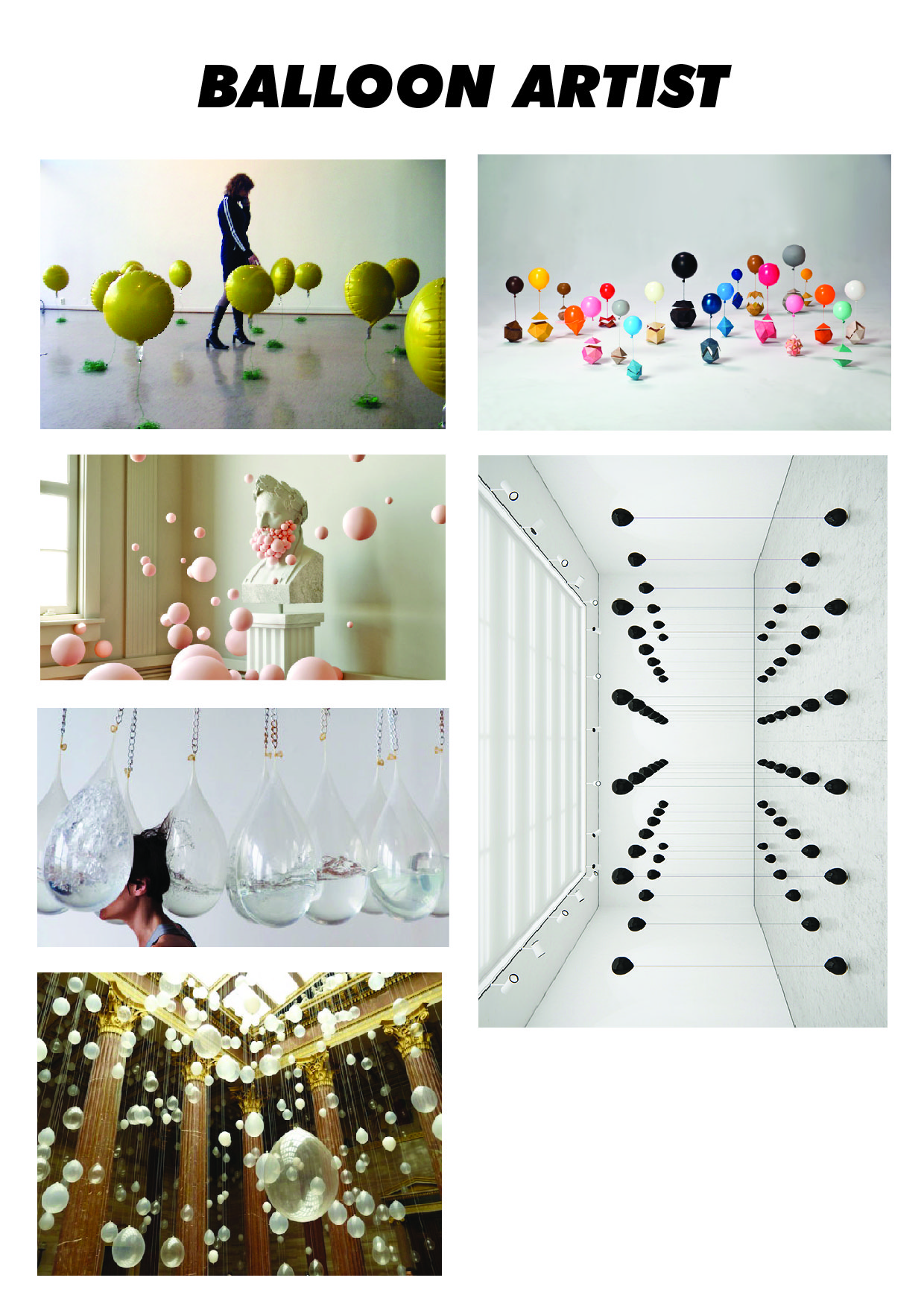



















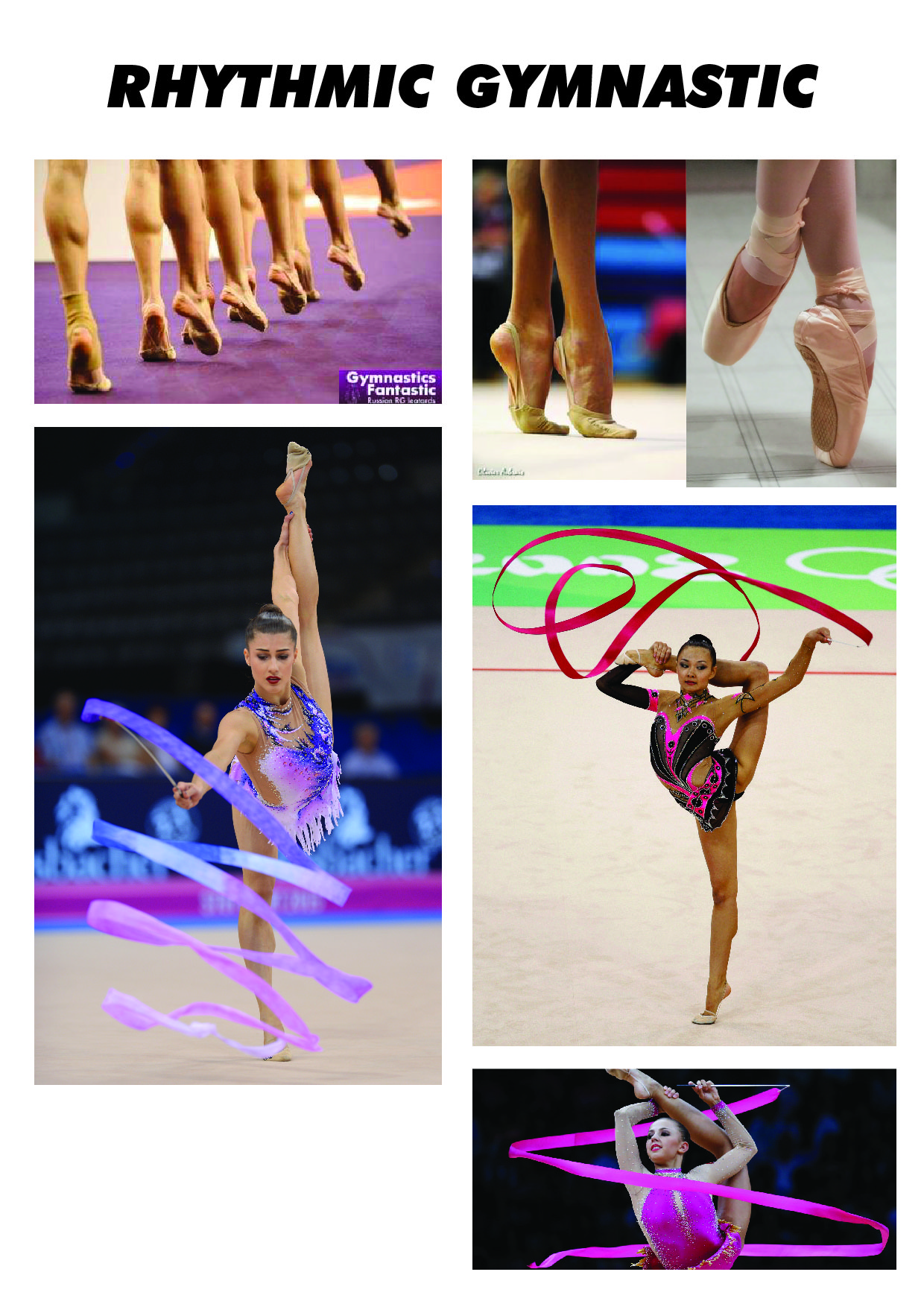
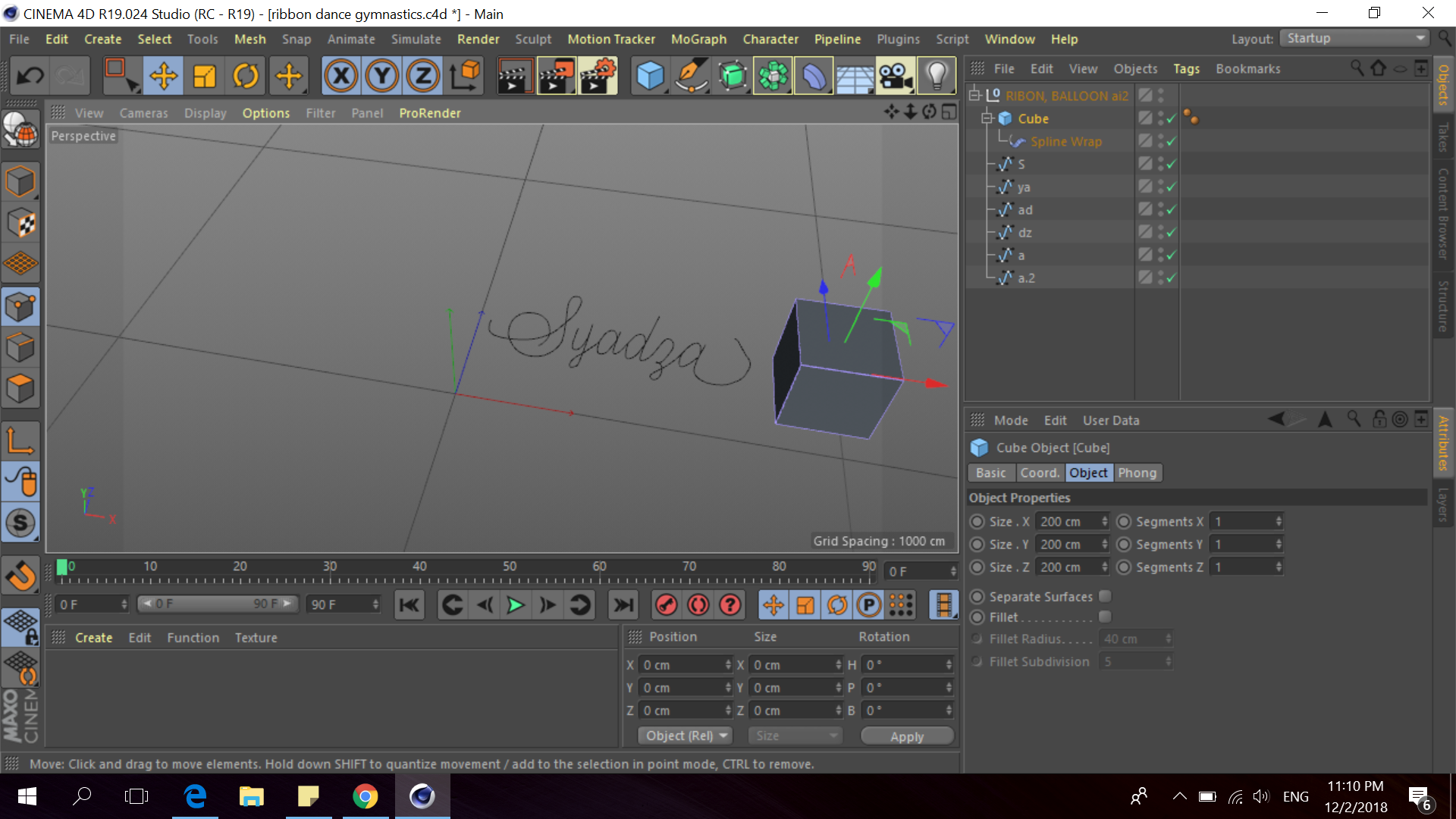

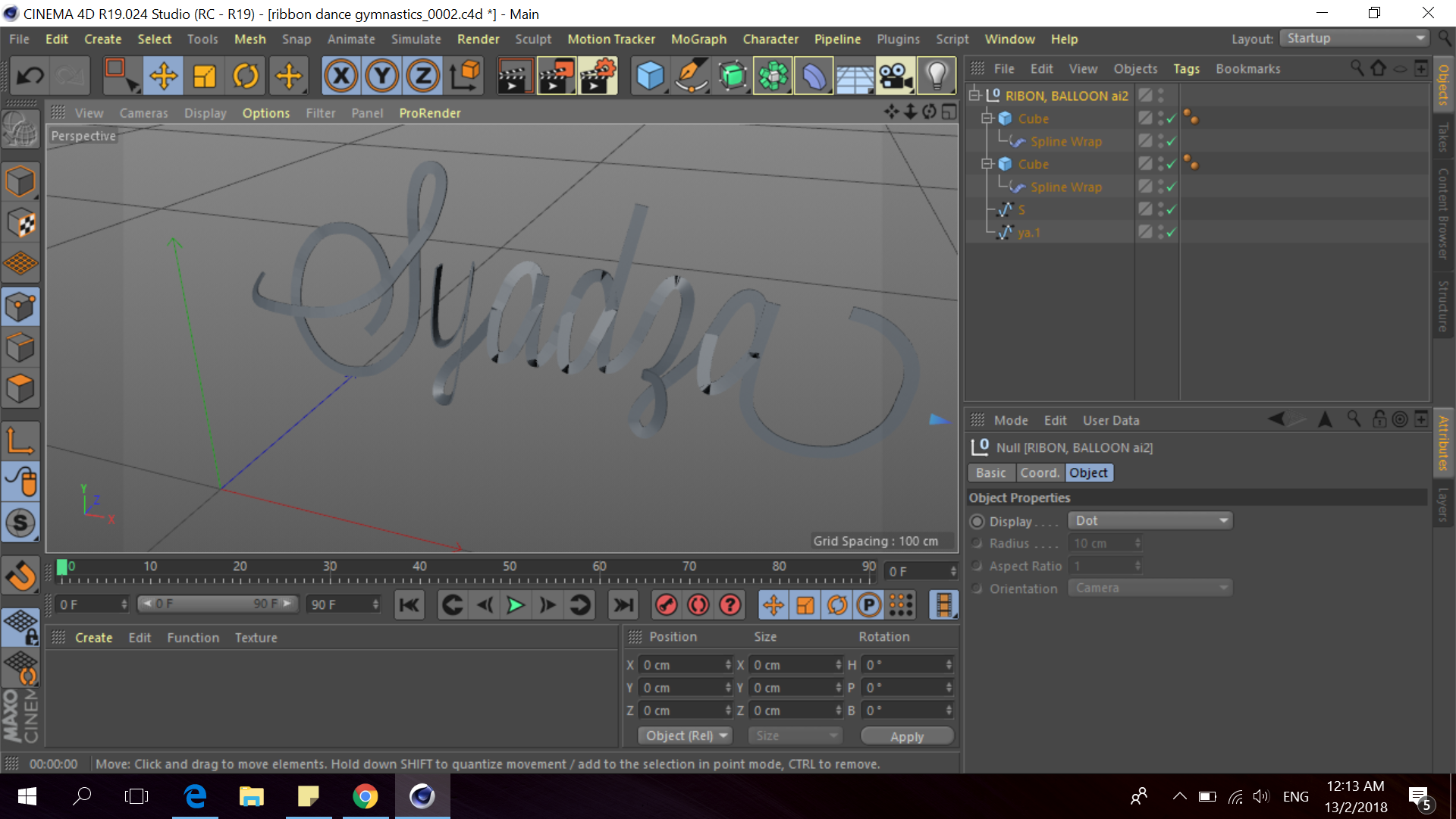
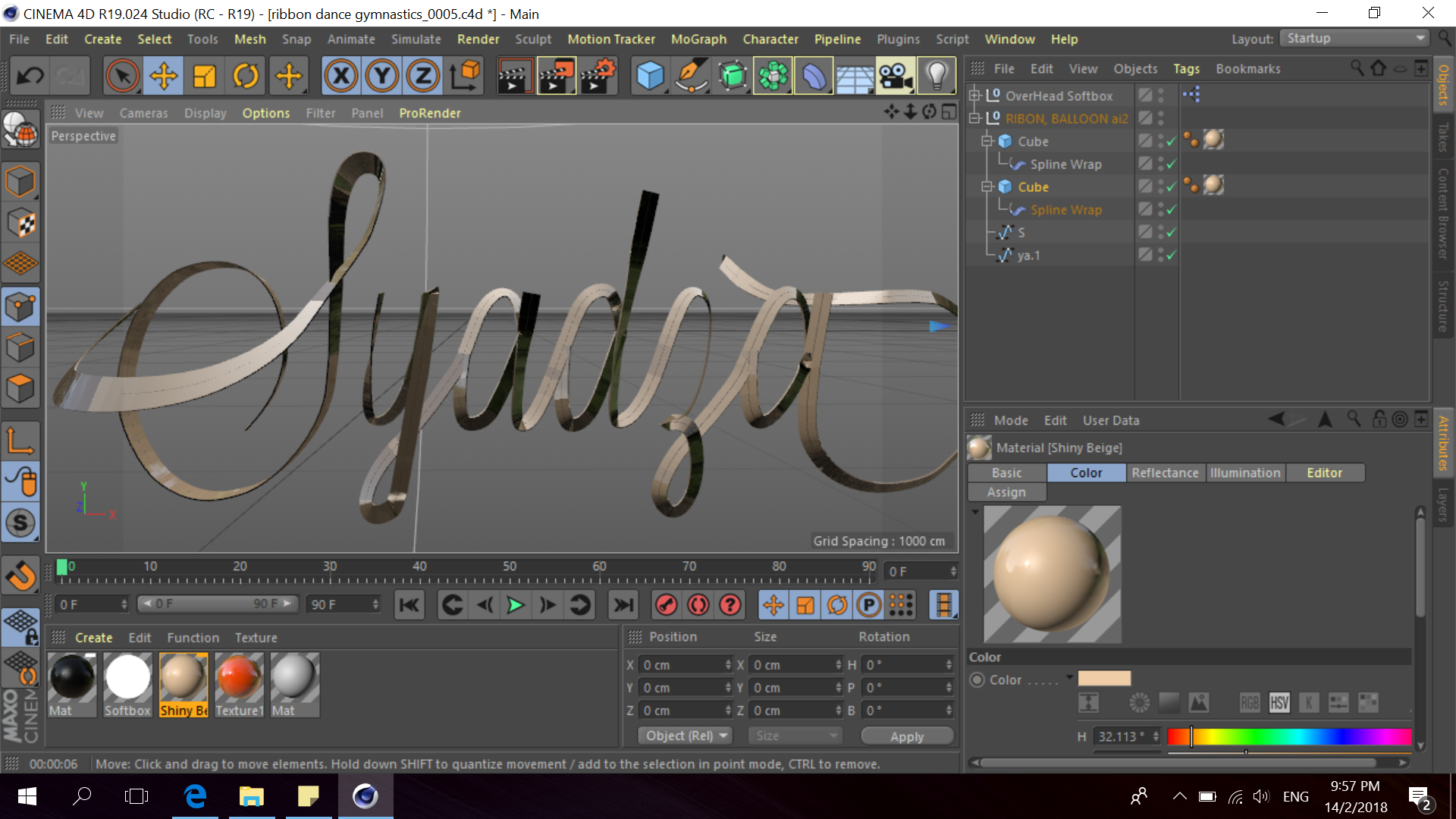



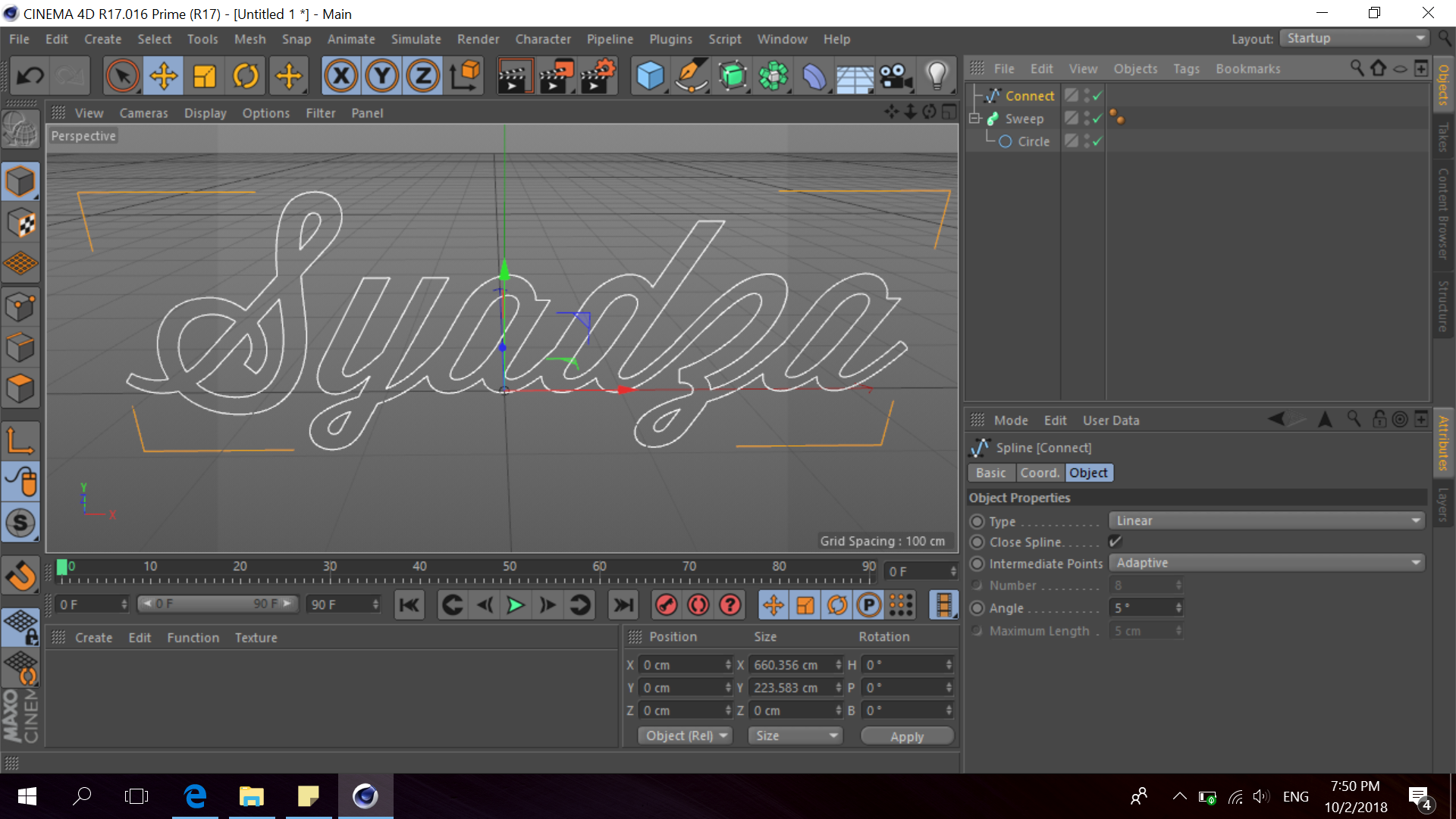
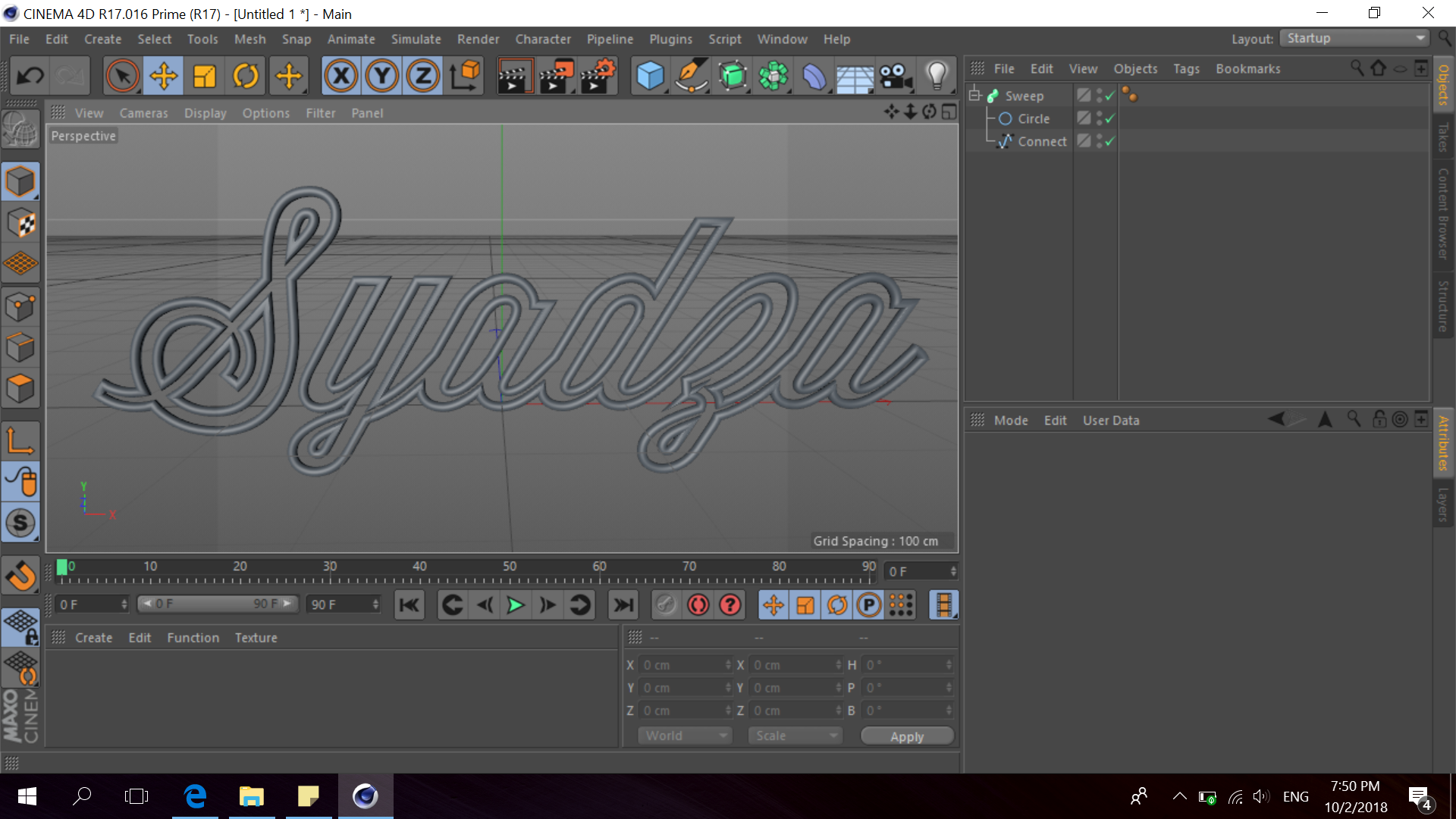

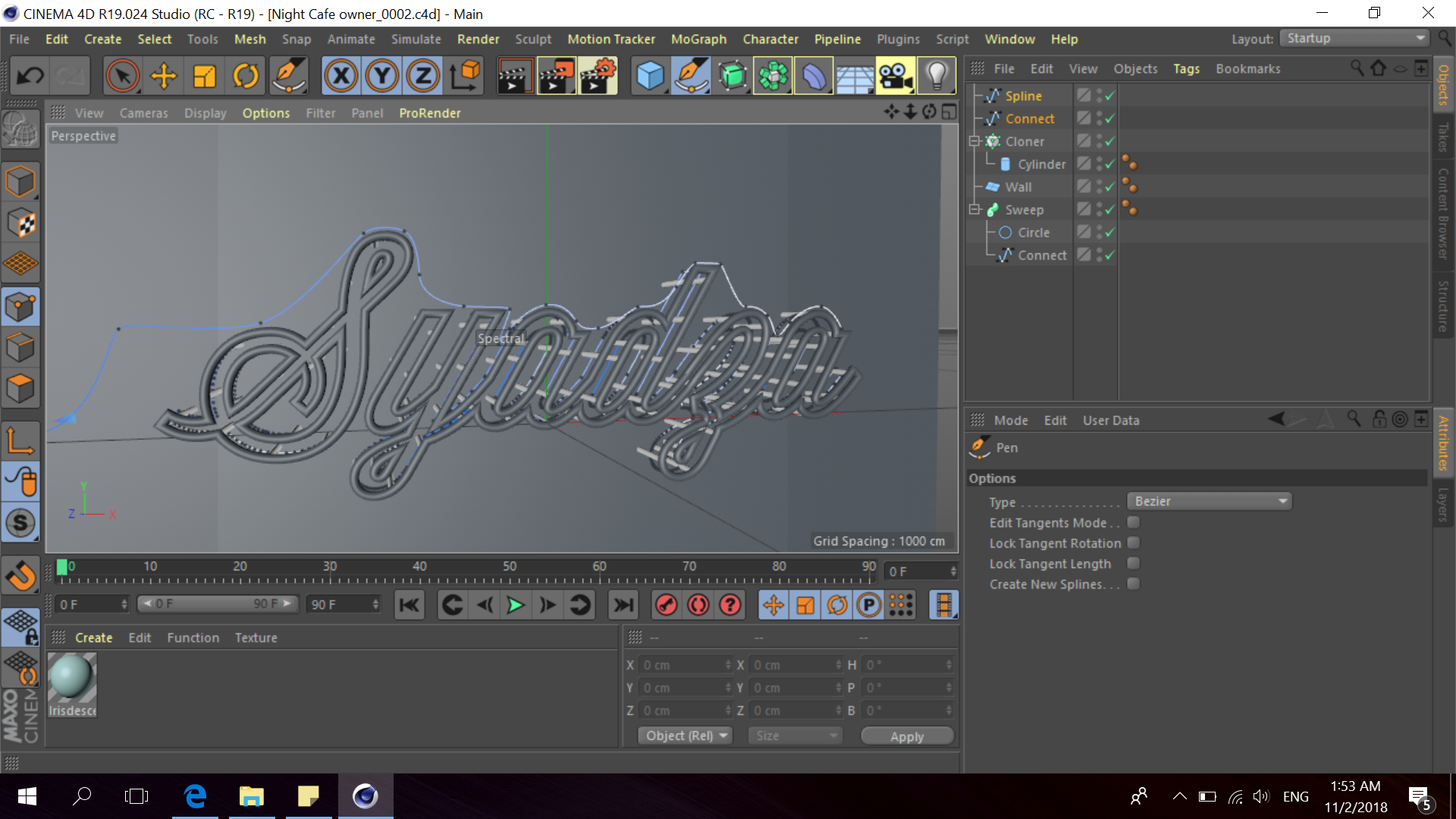
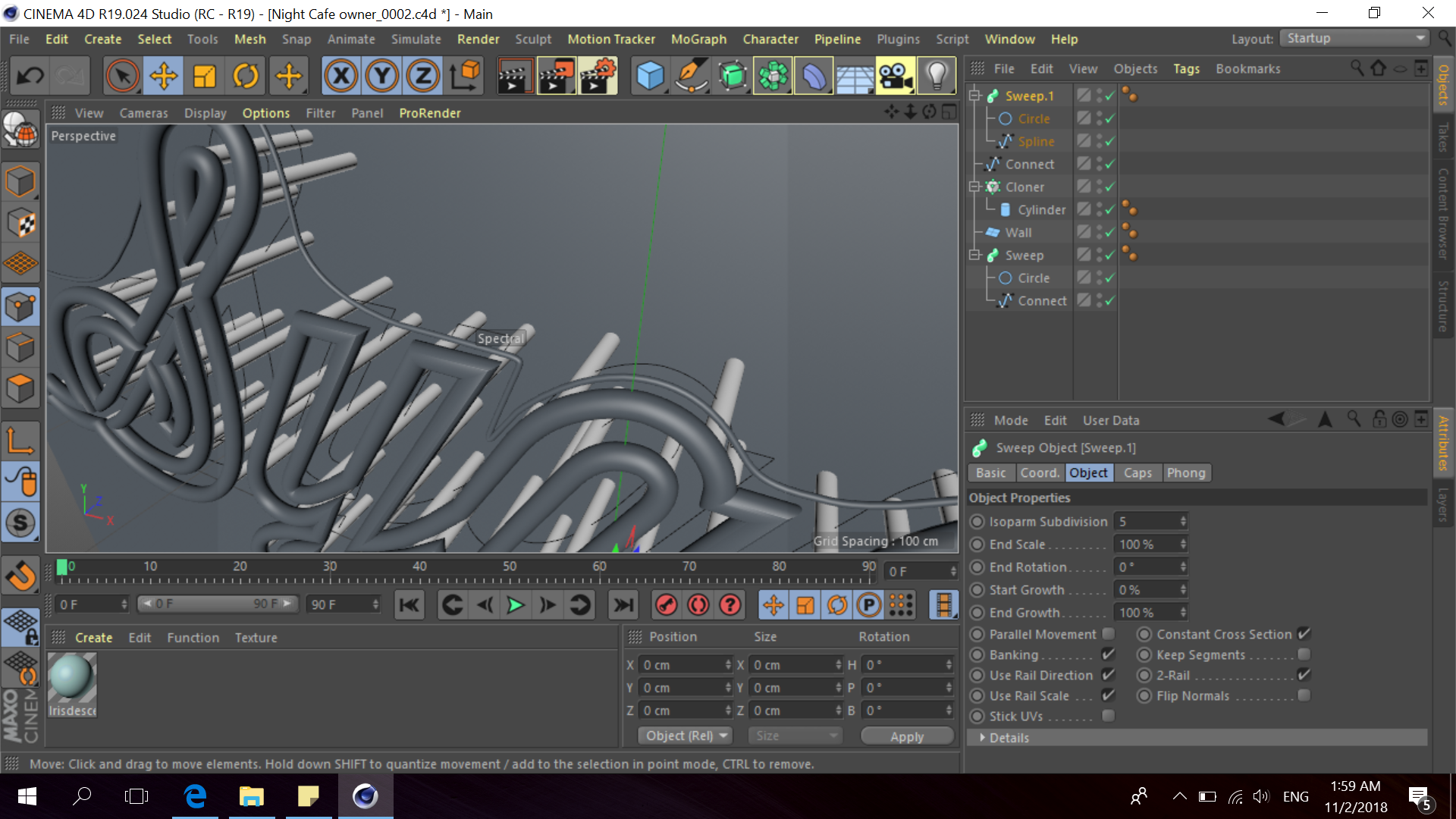

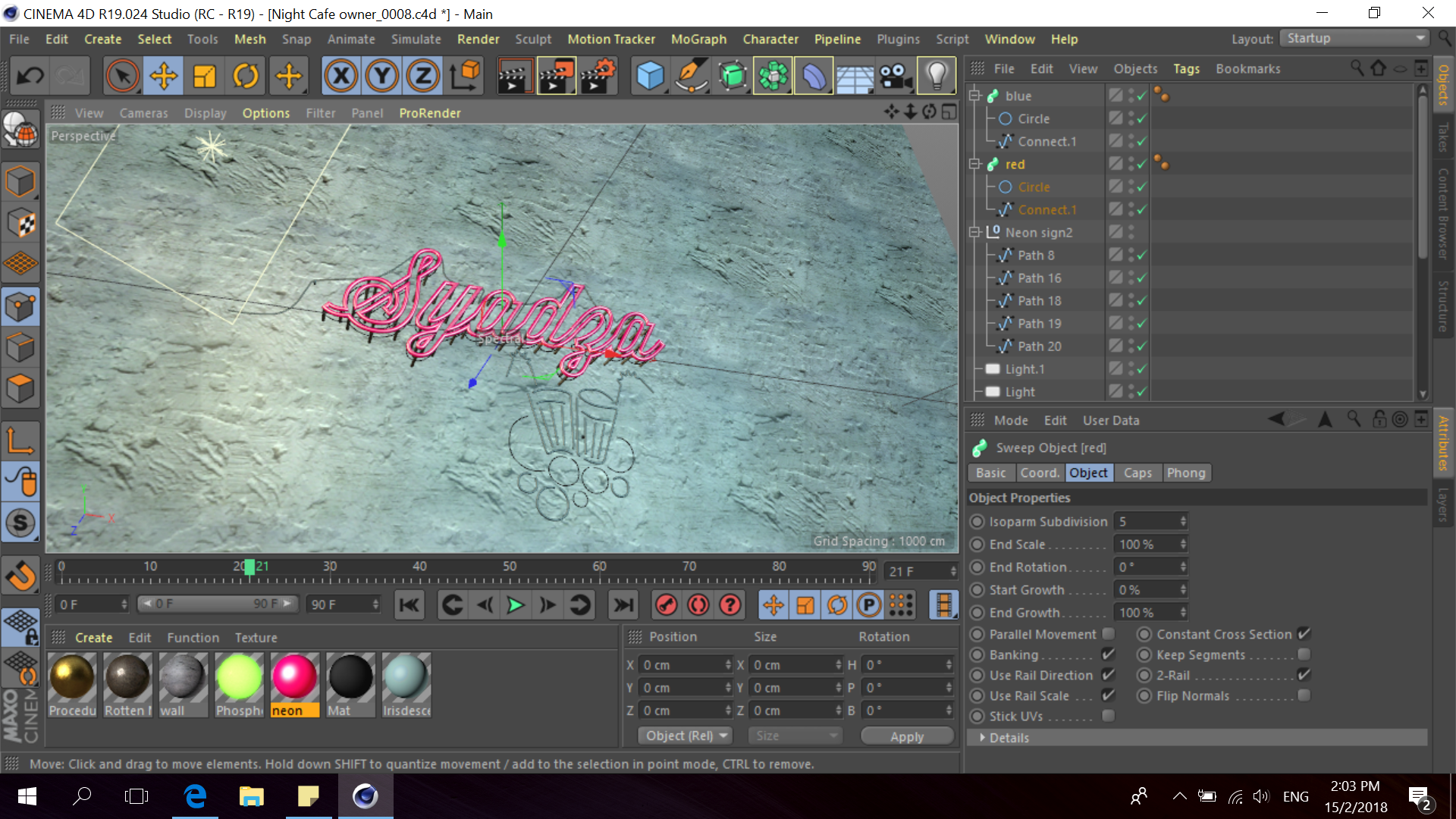




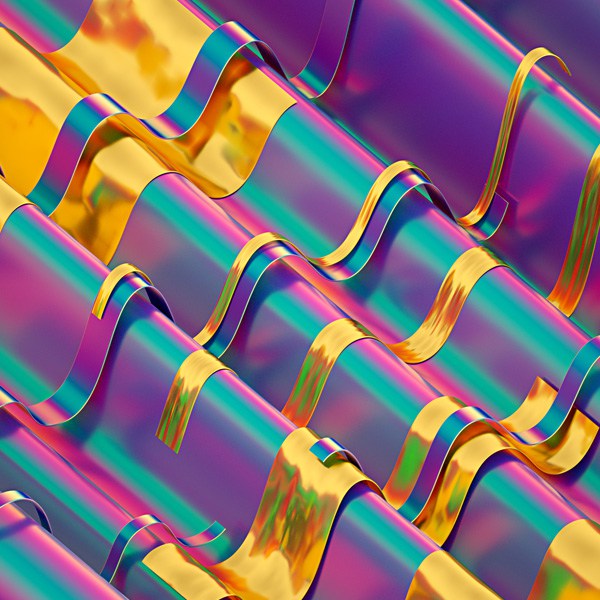
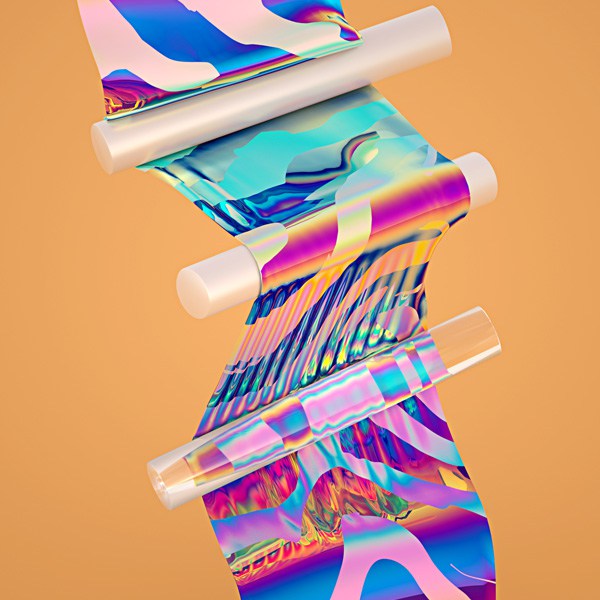
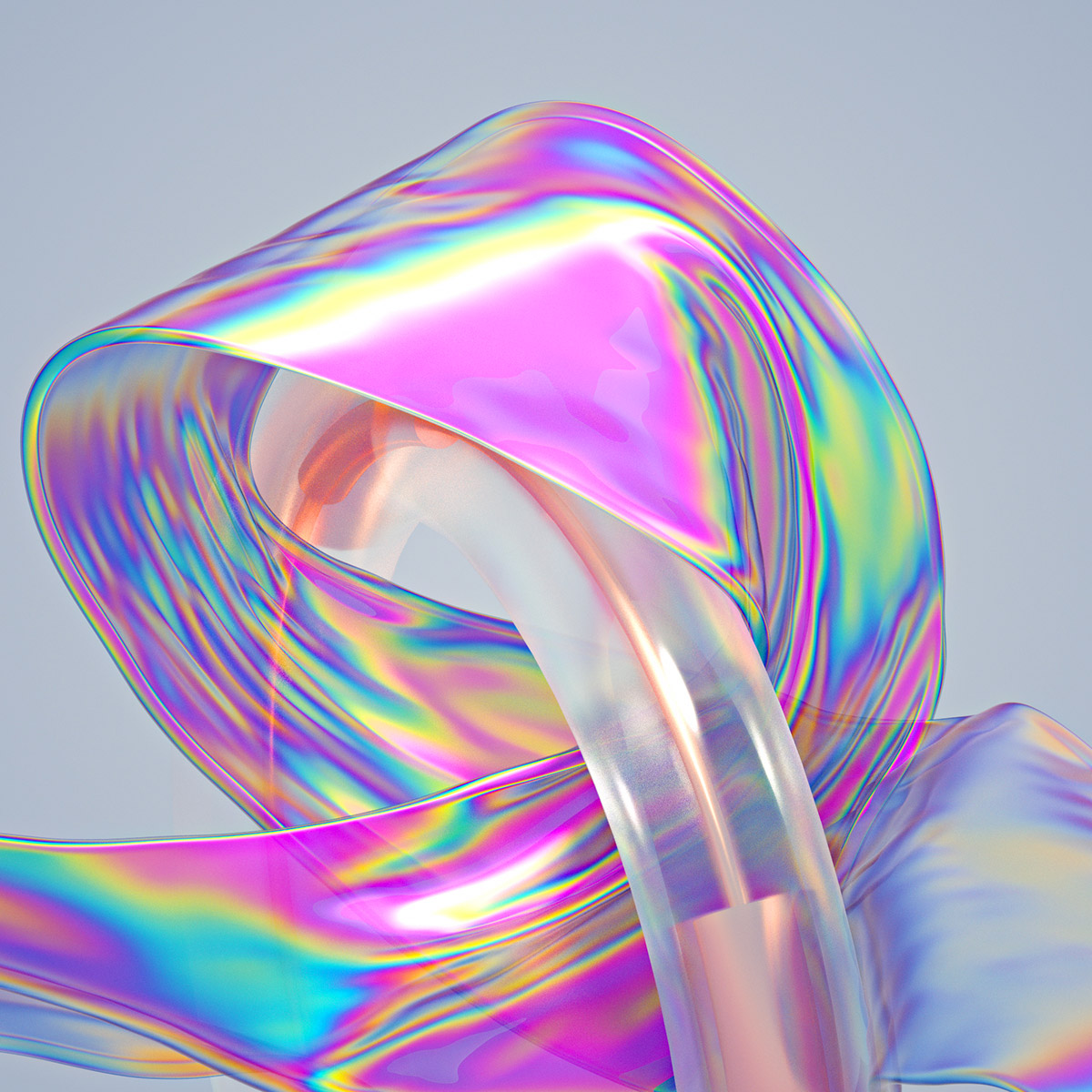

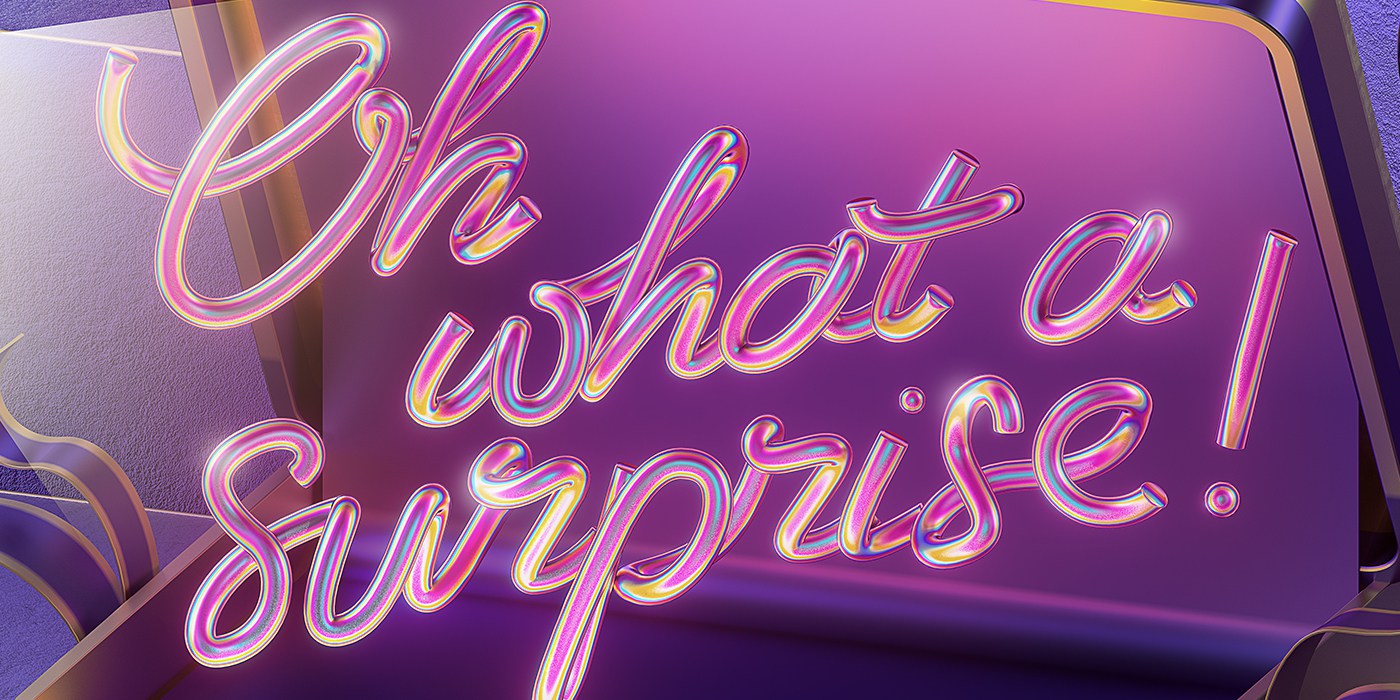
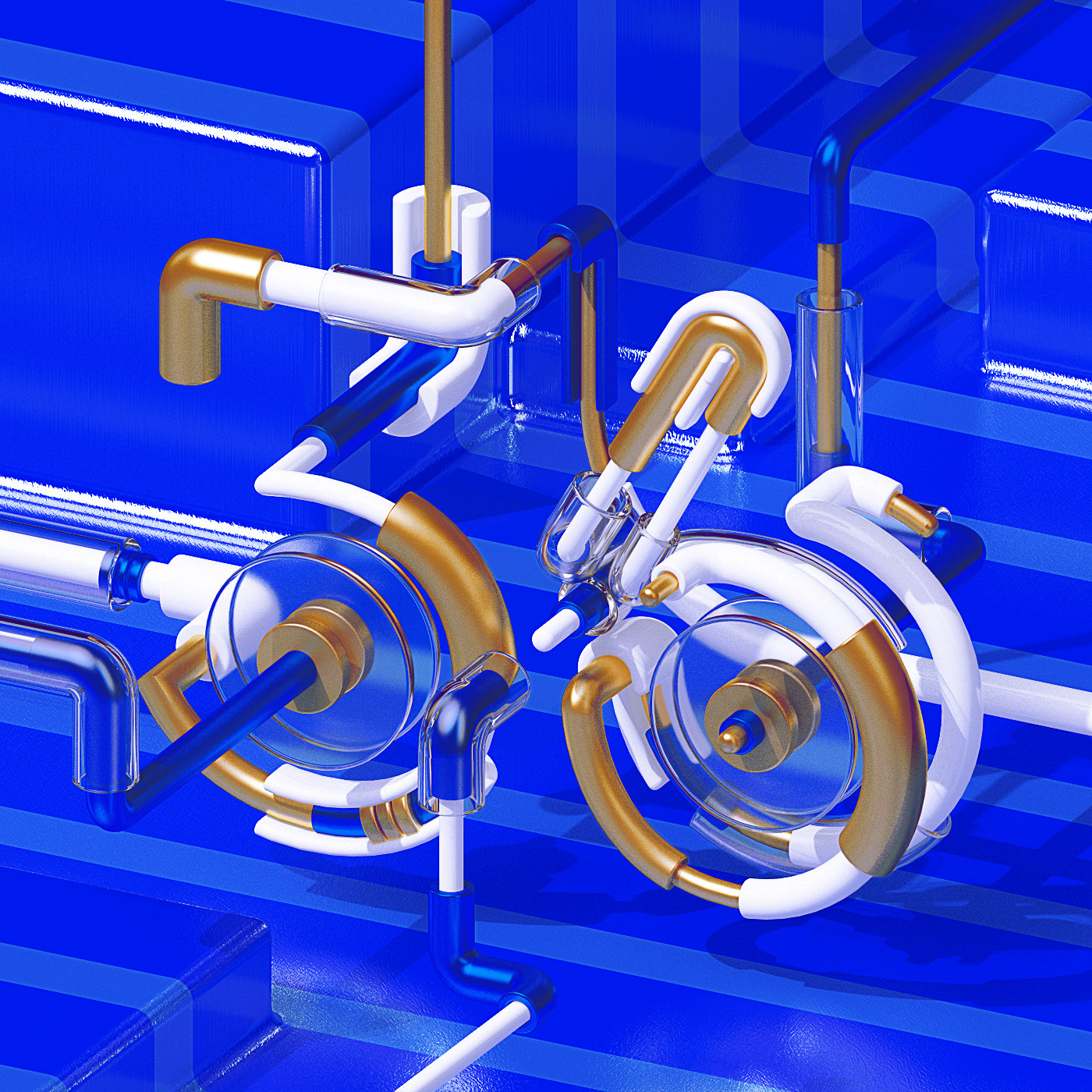
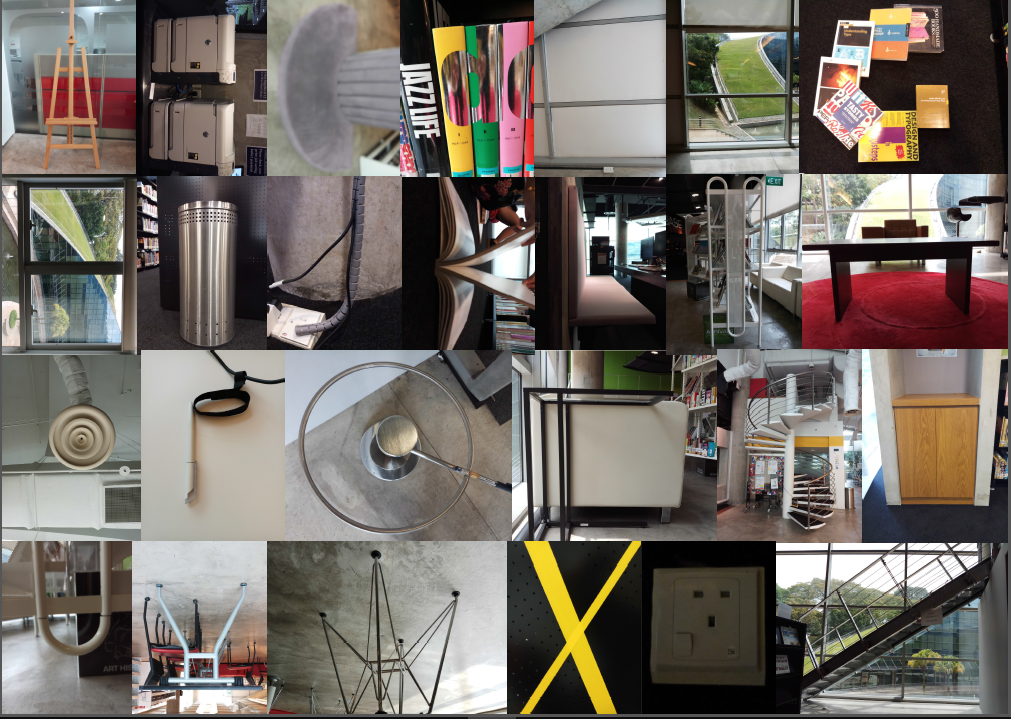
Recent Comments